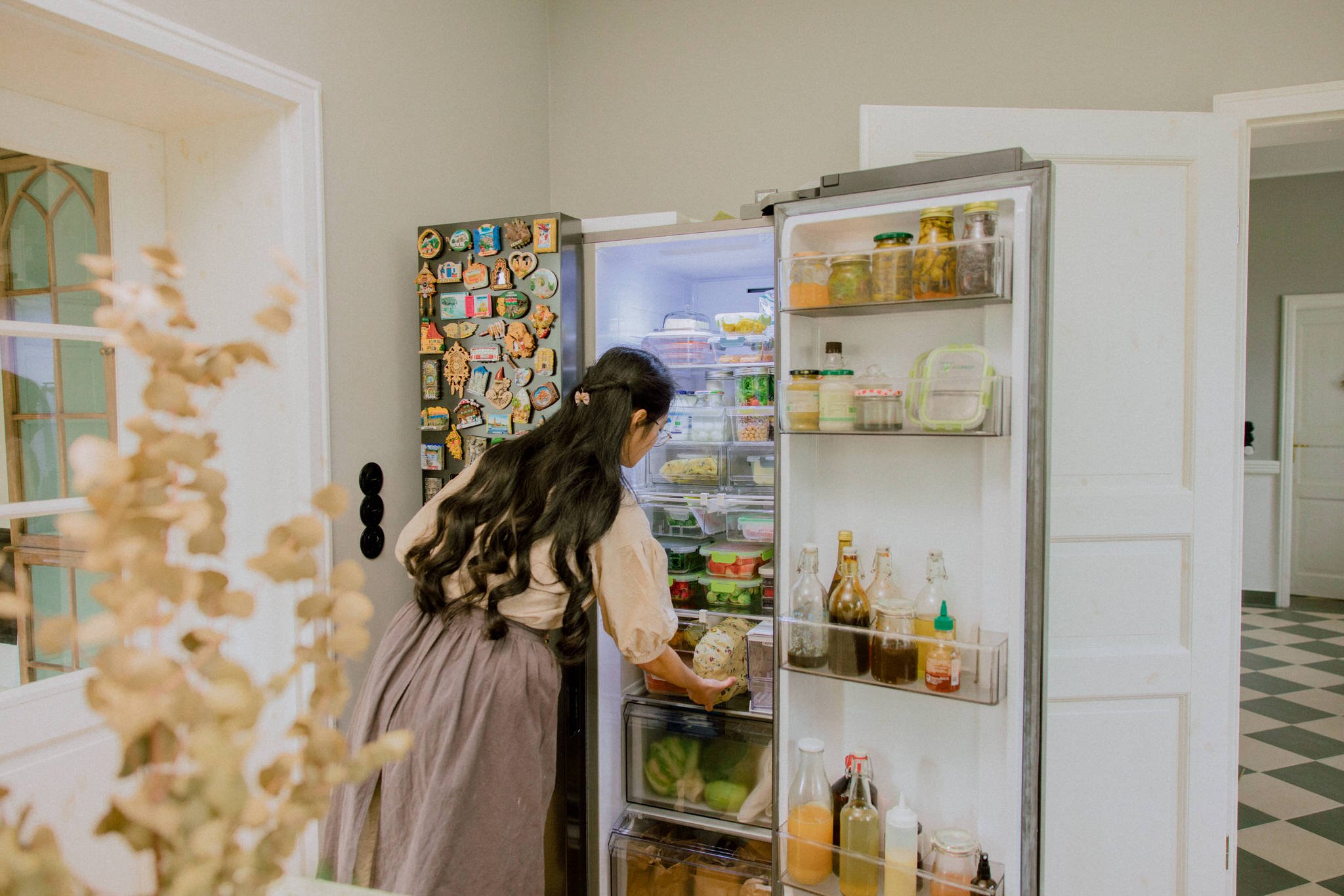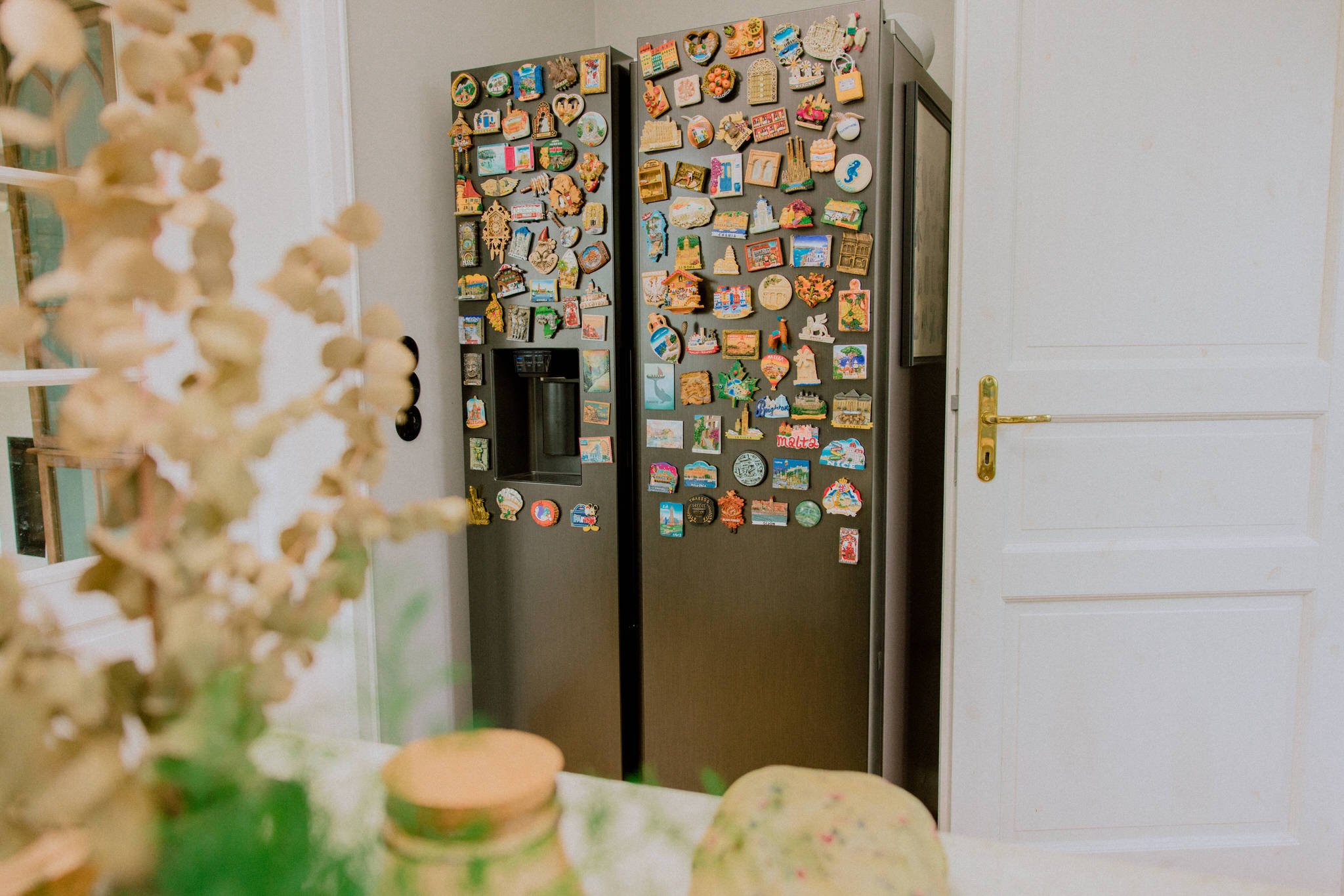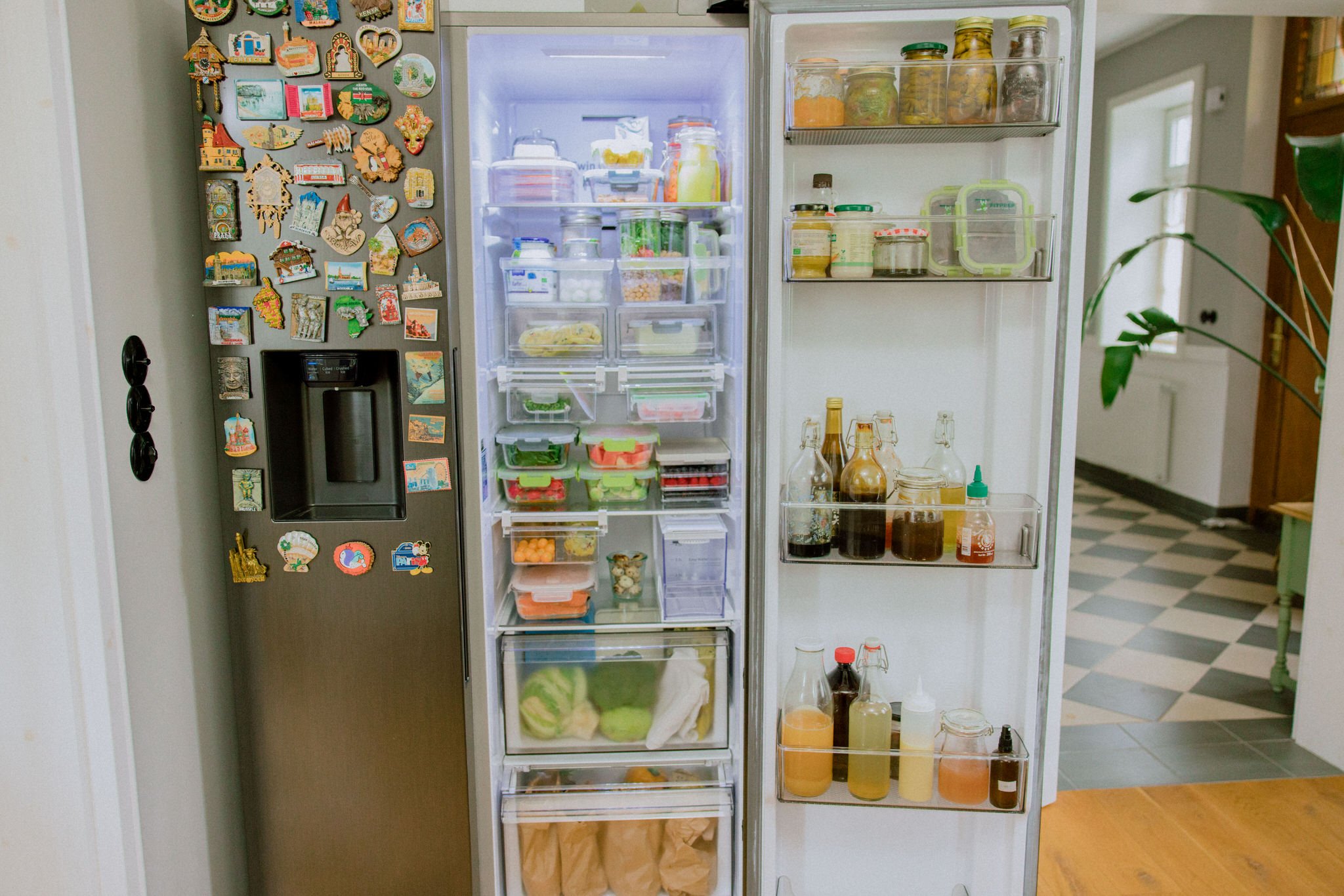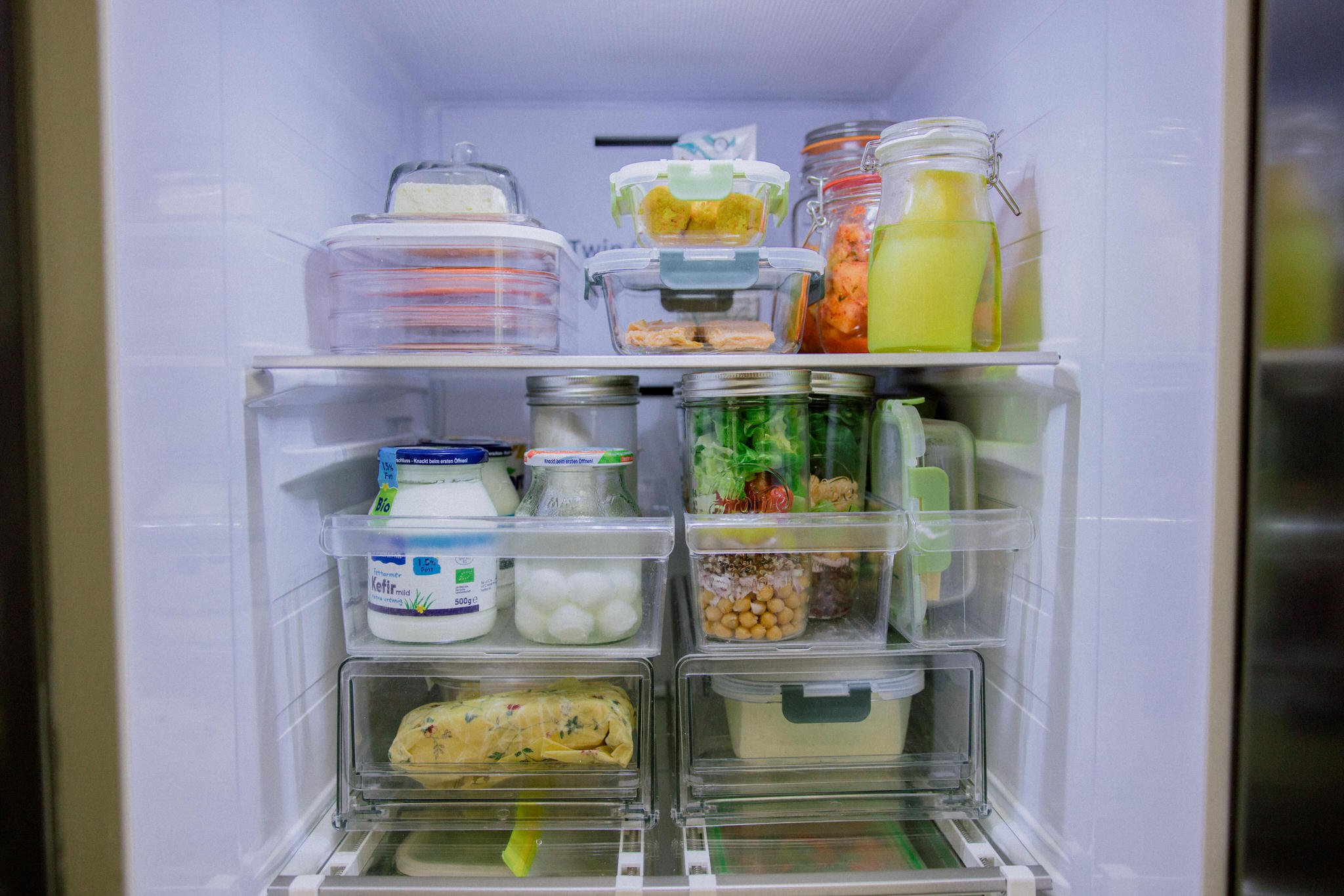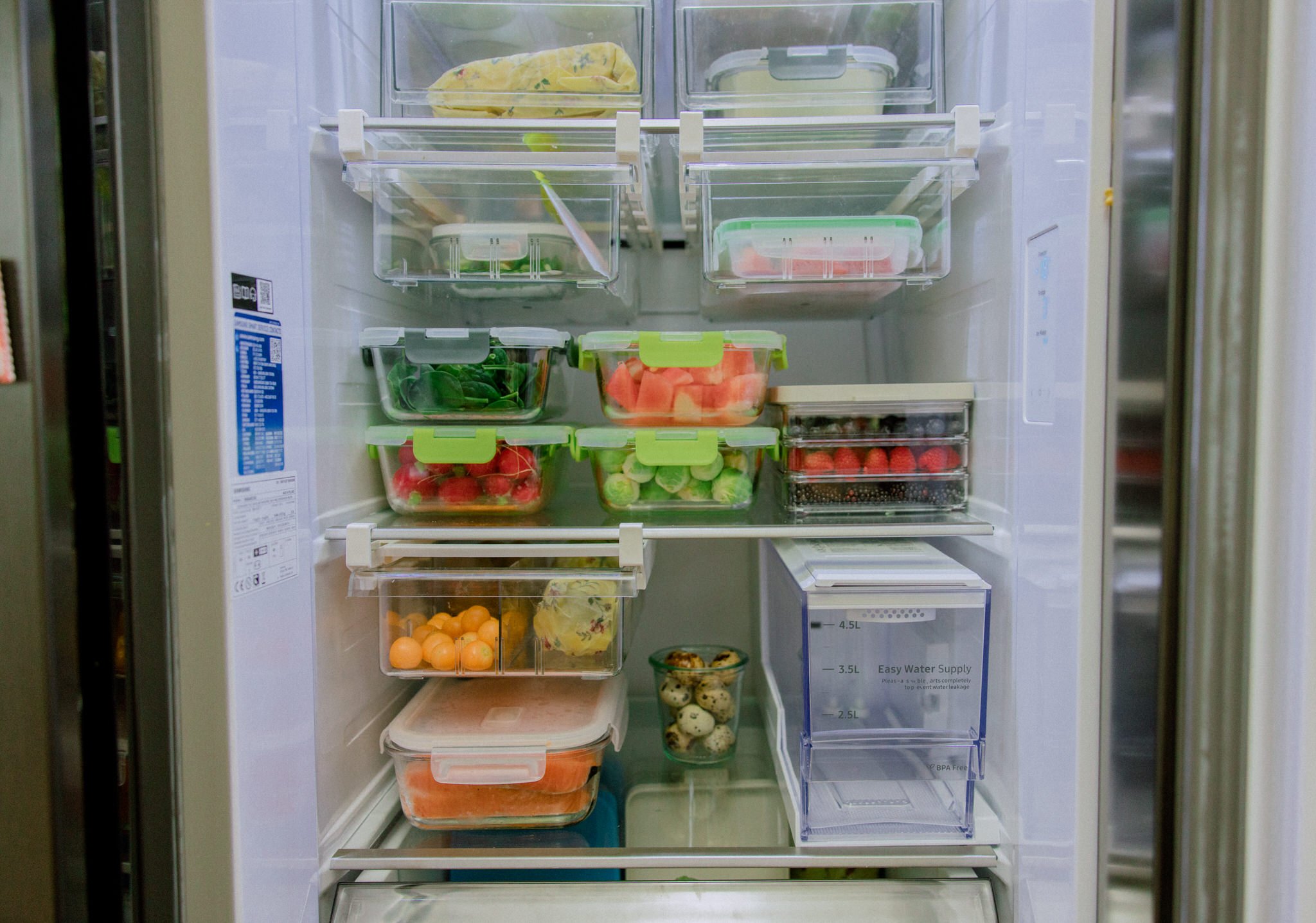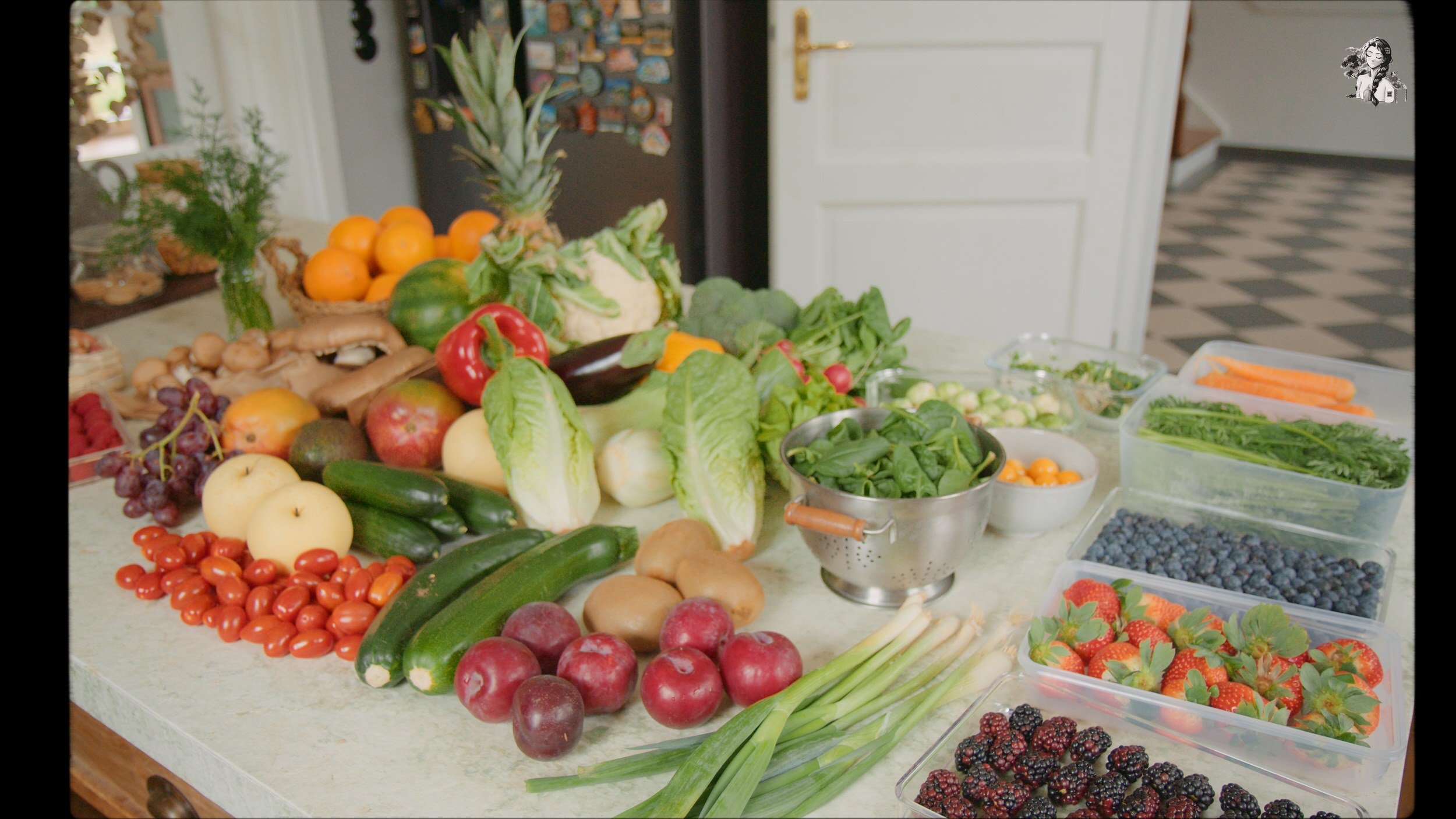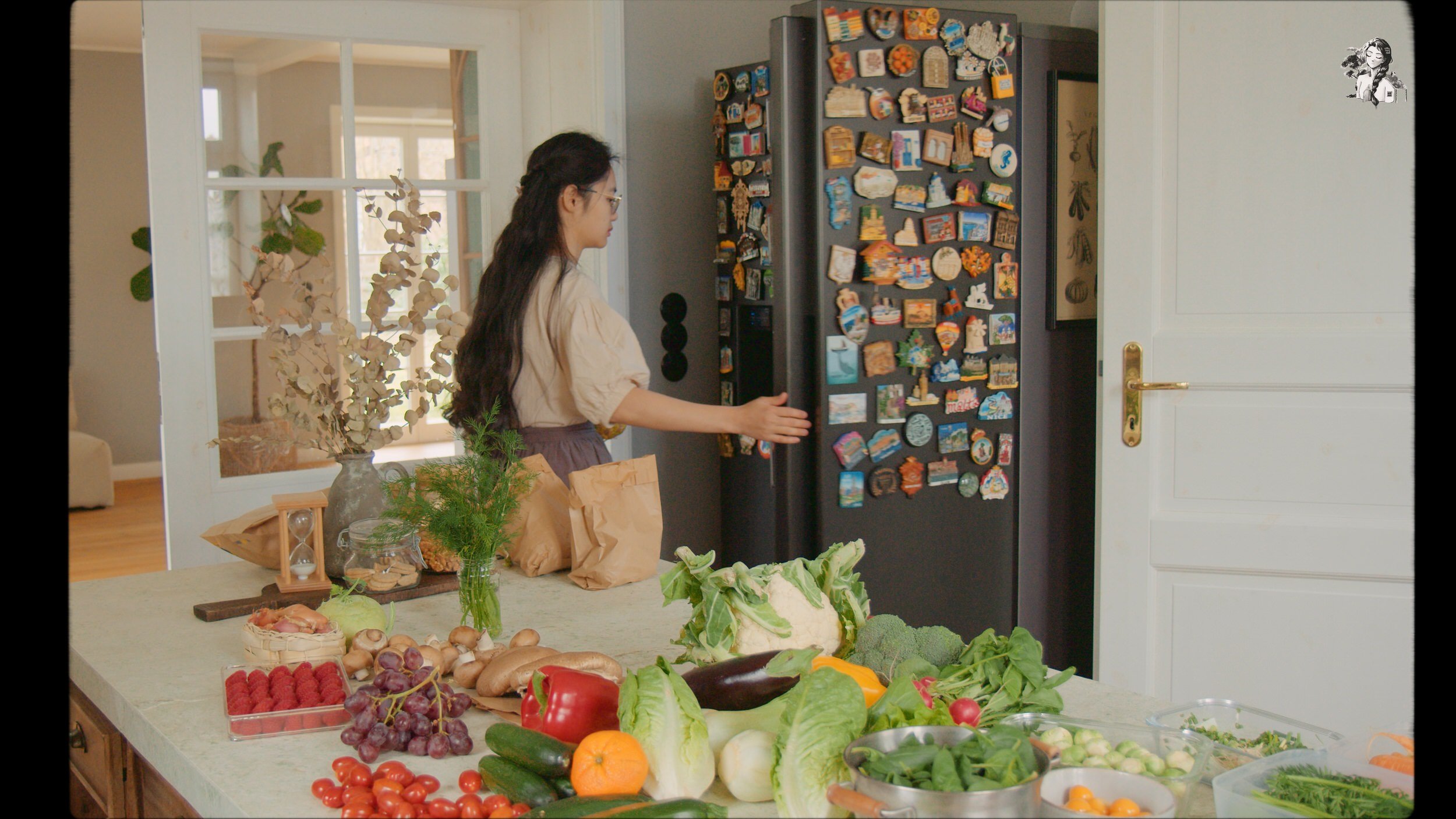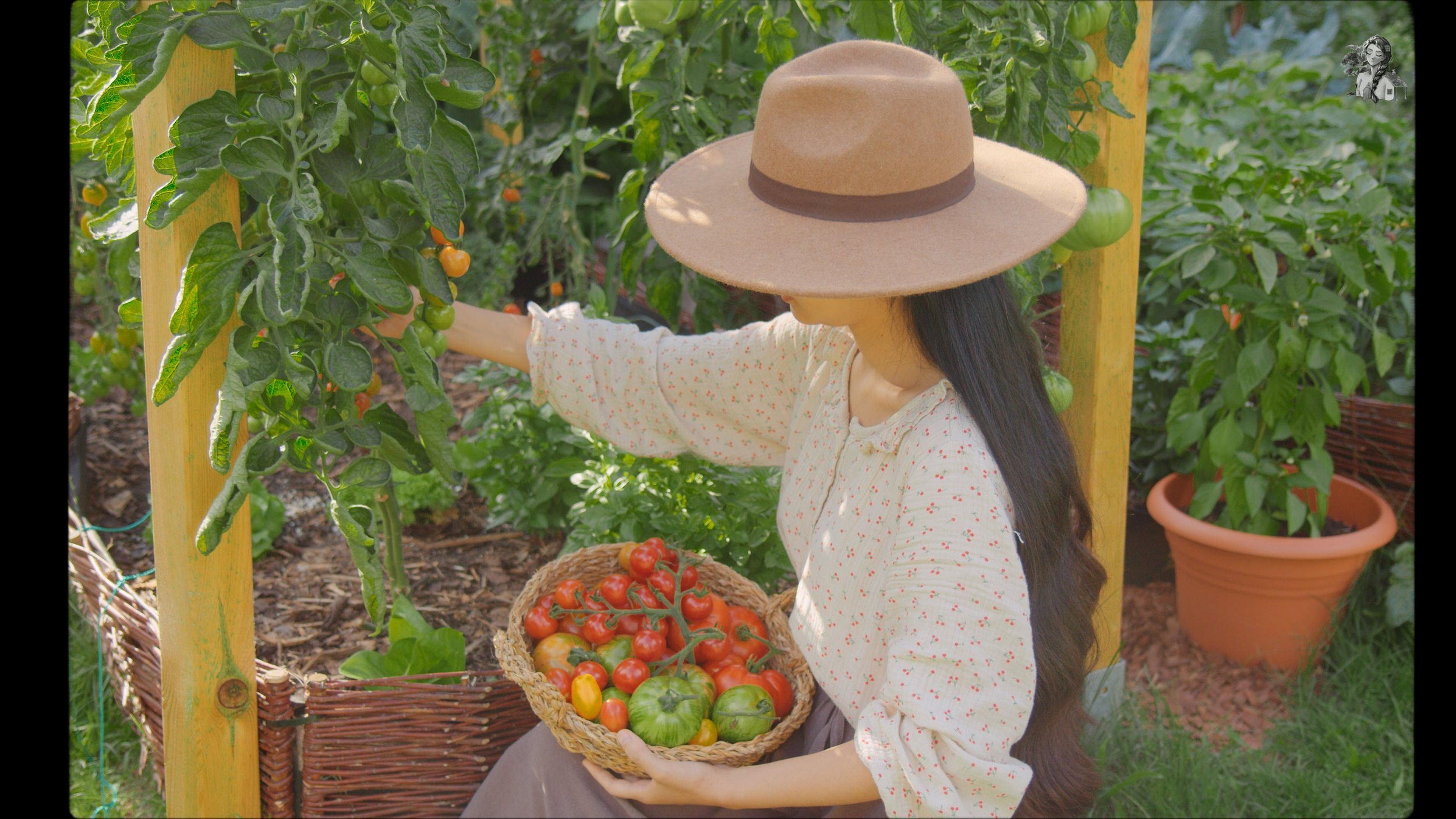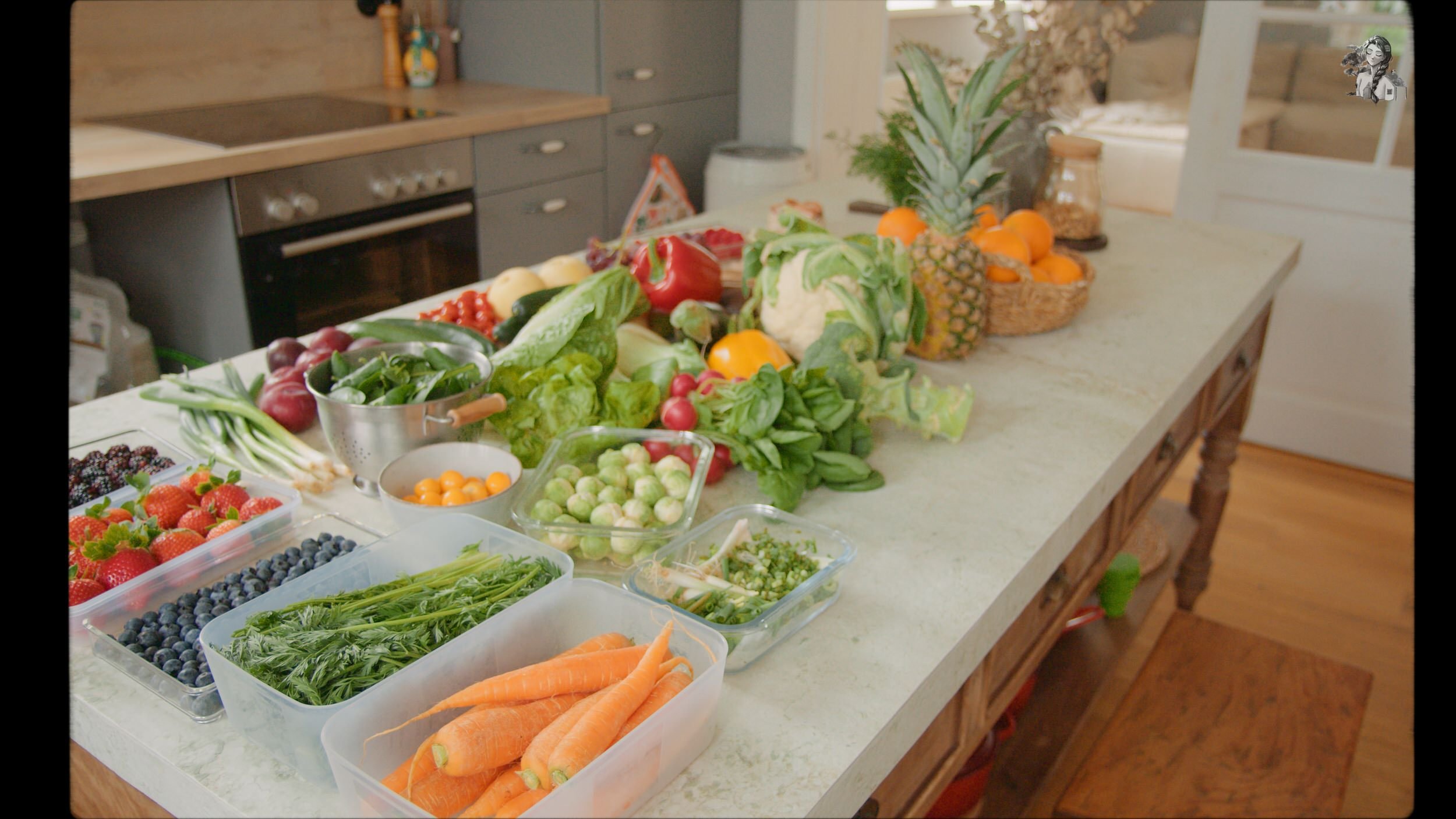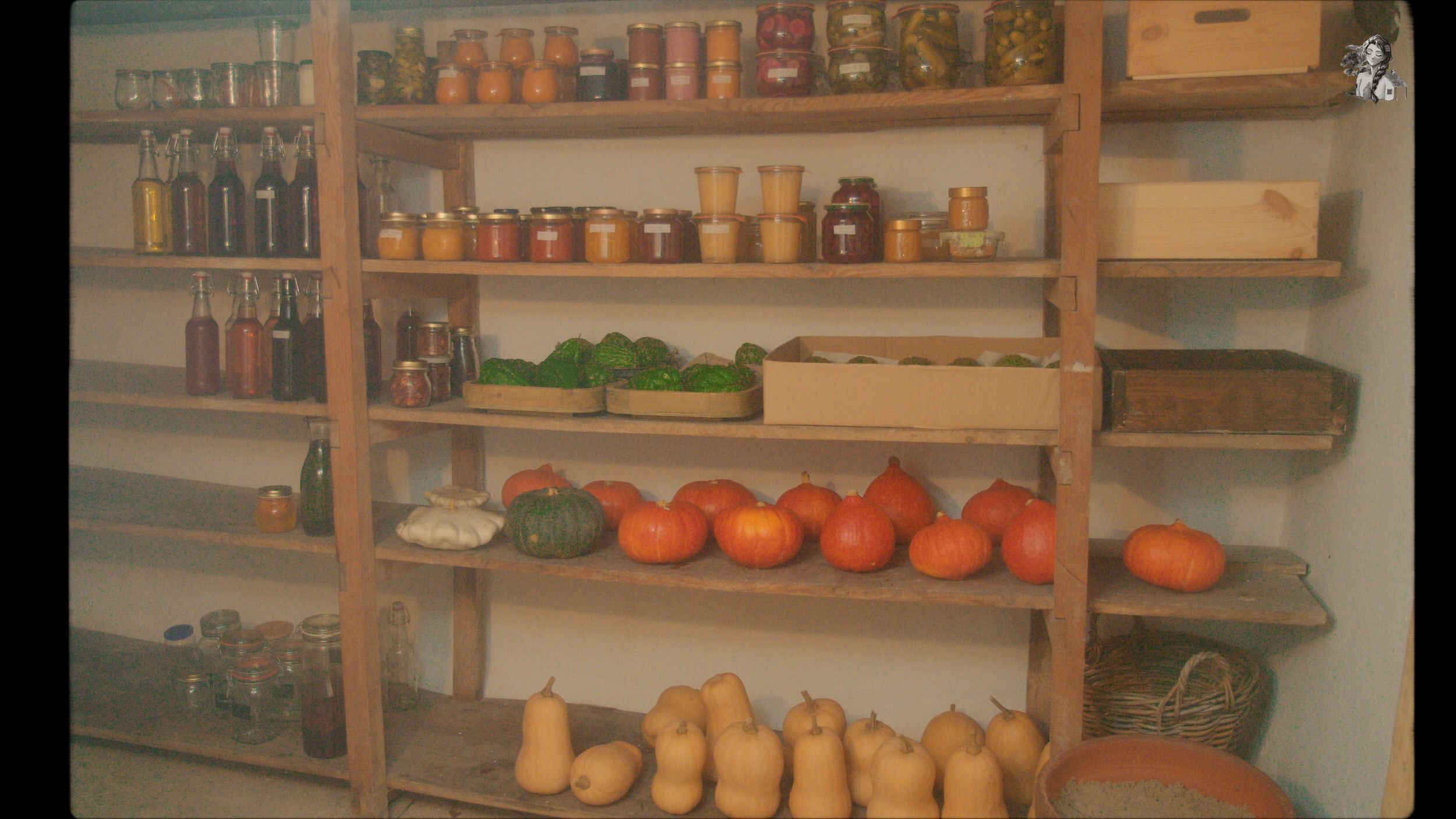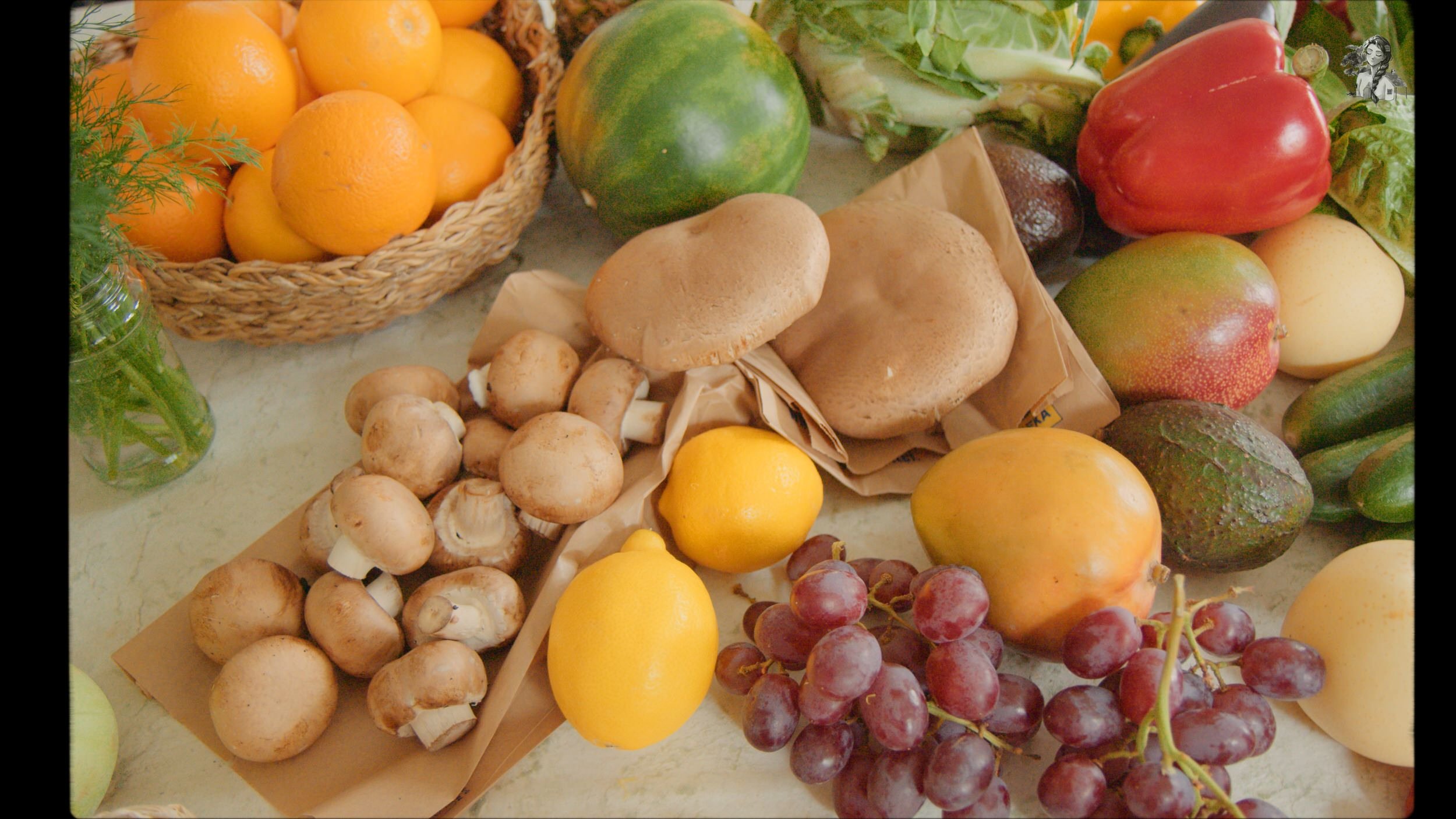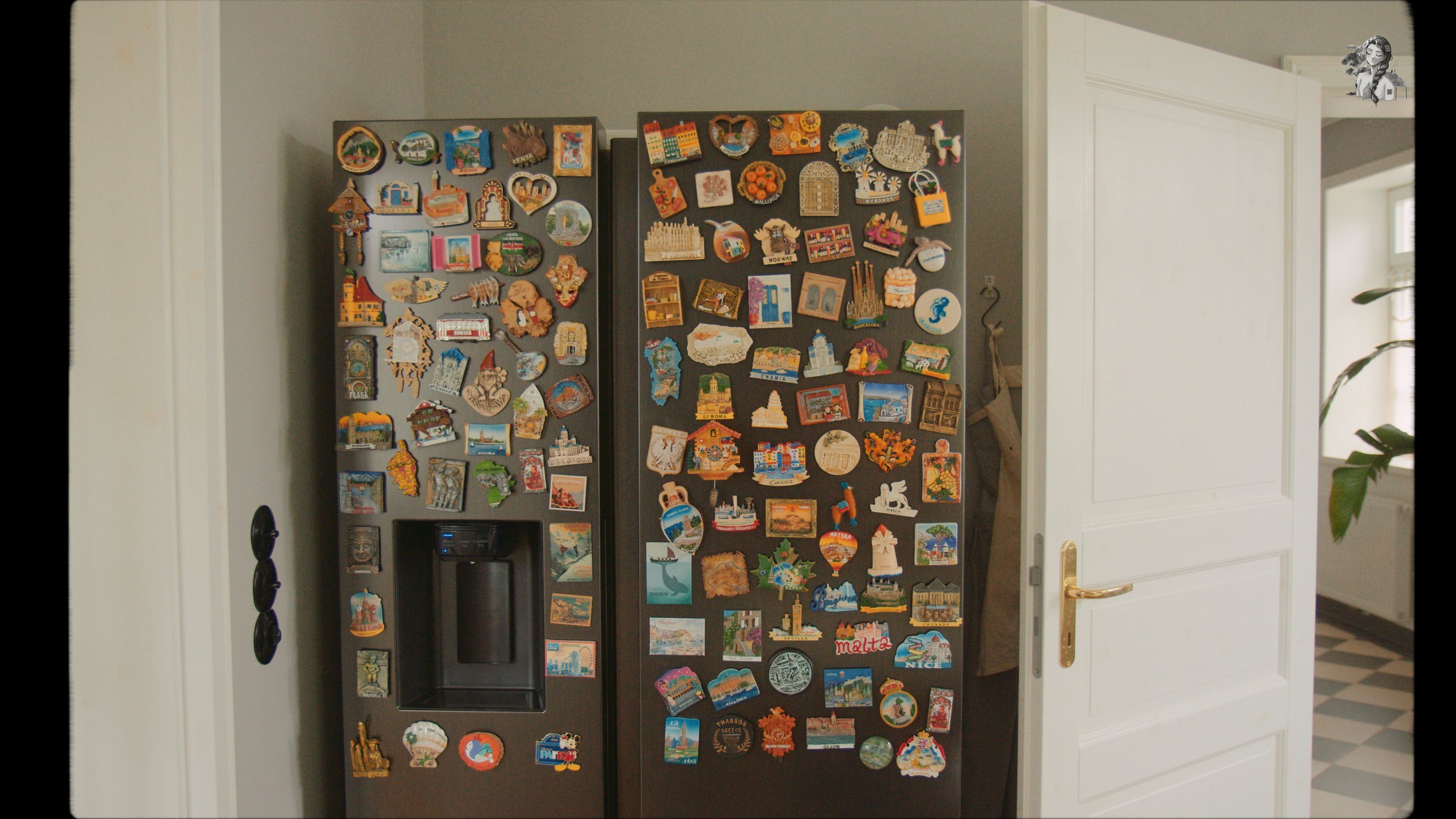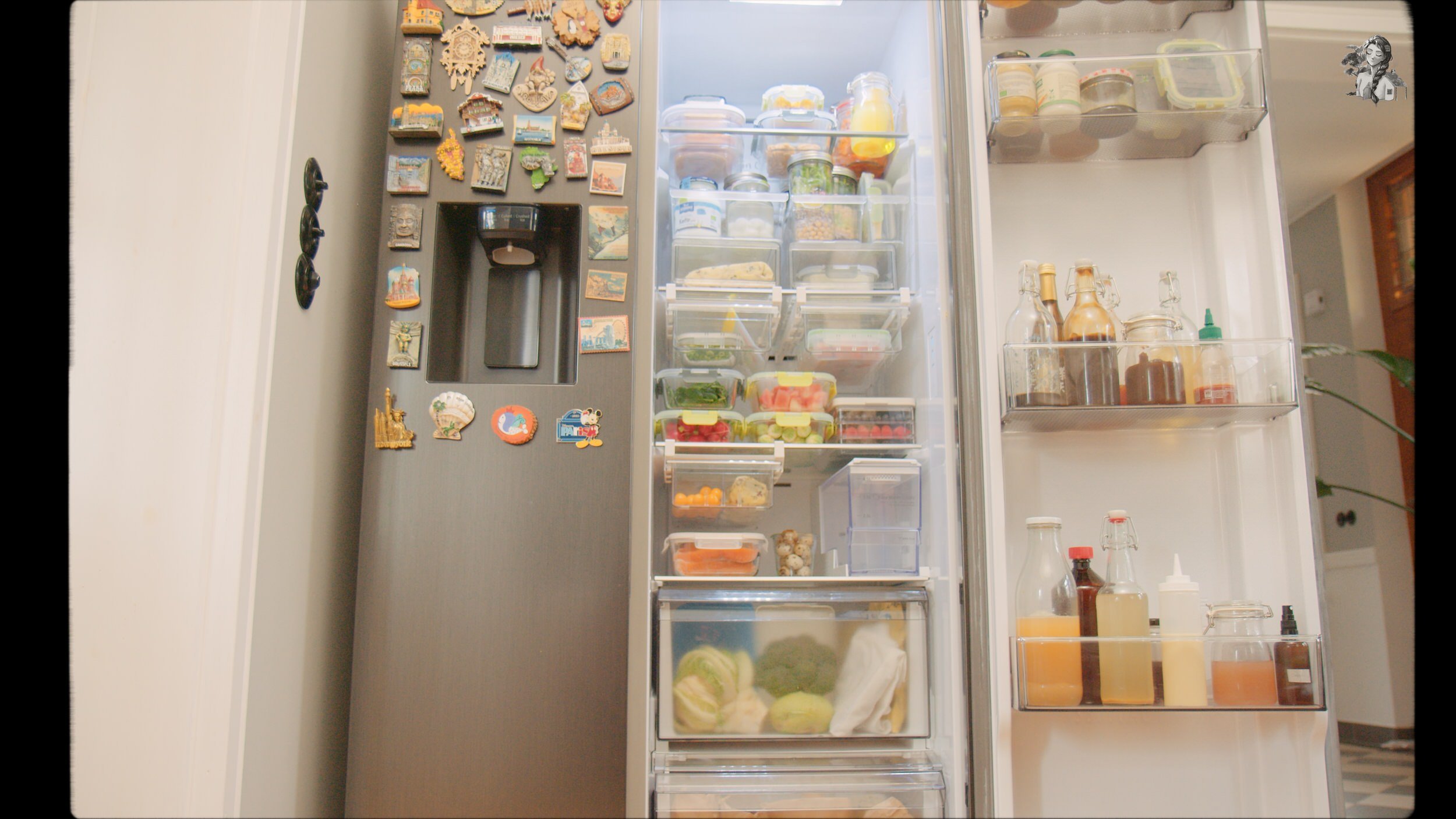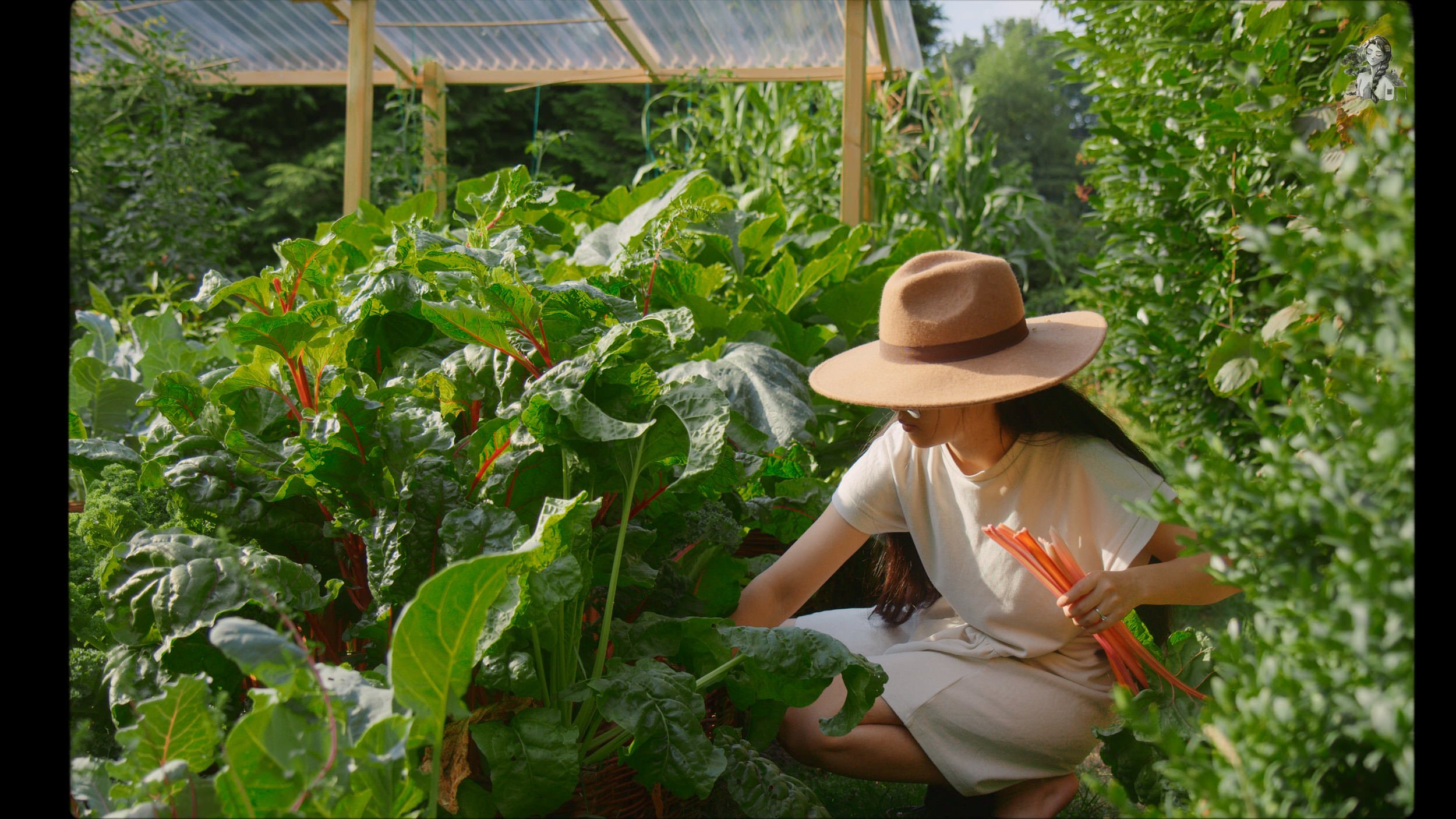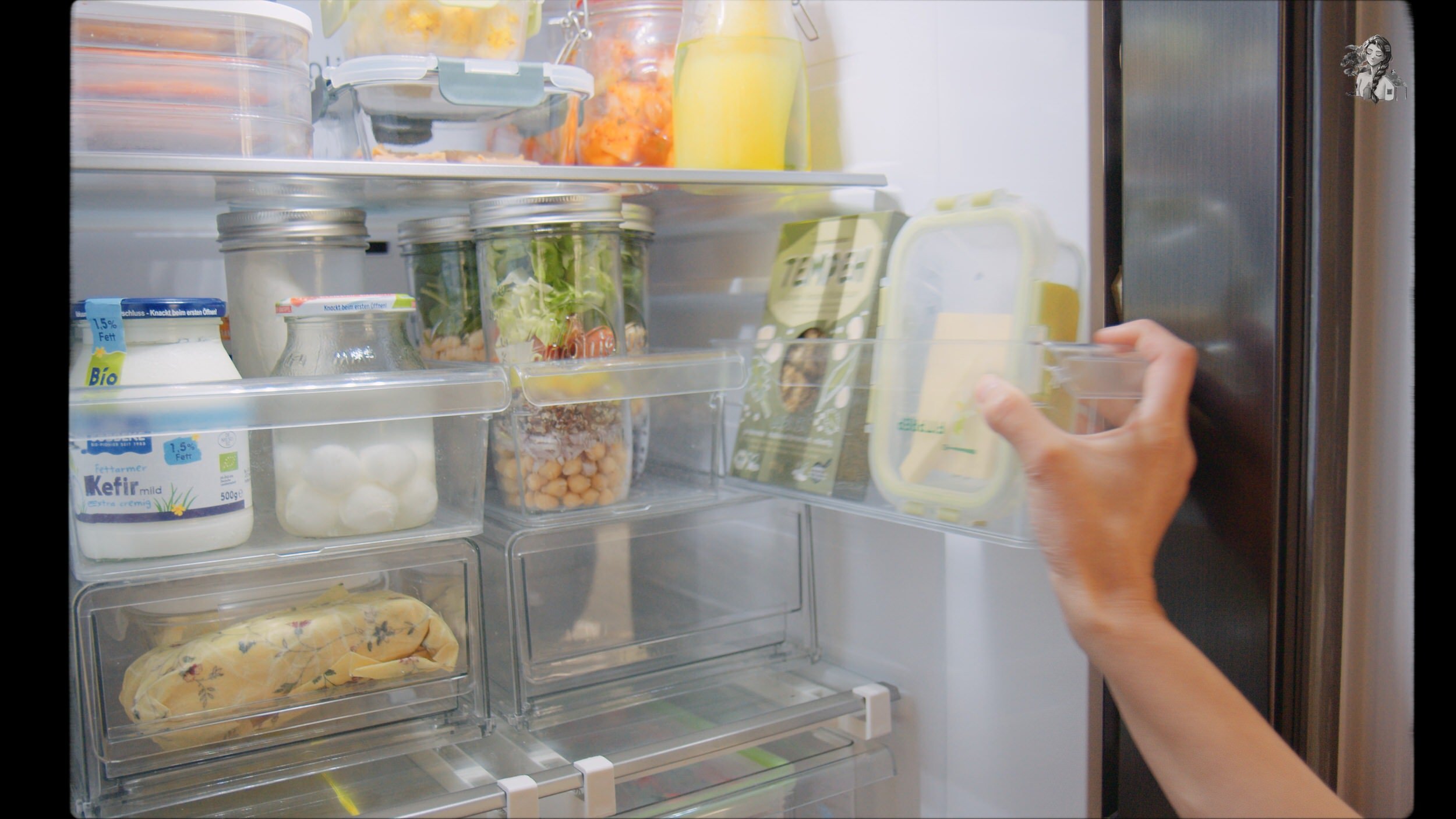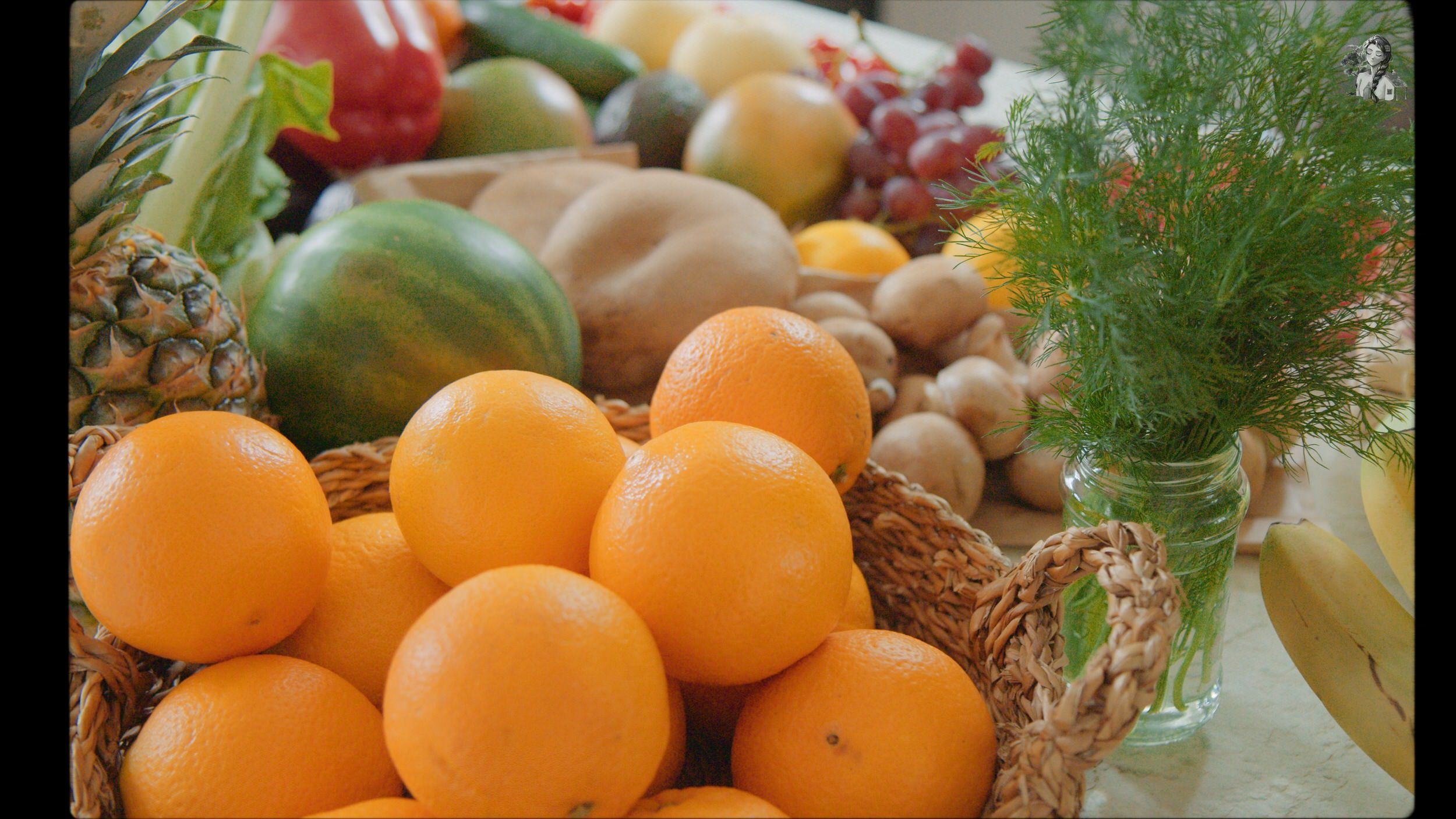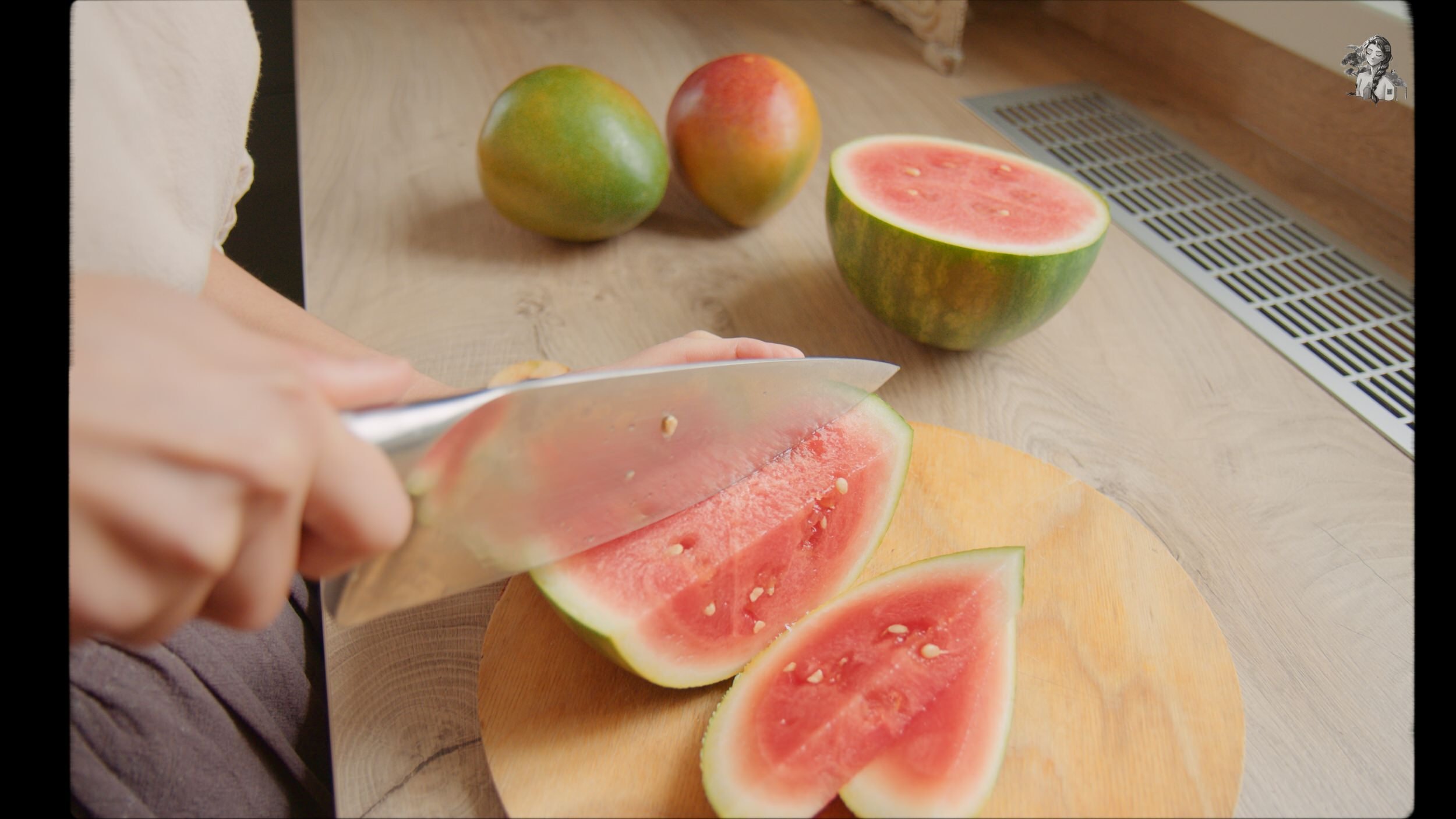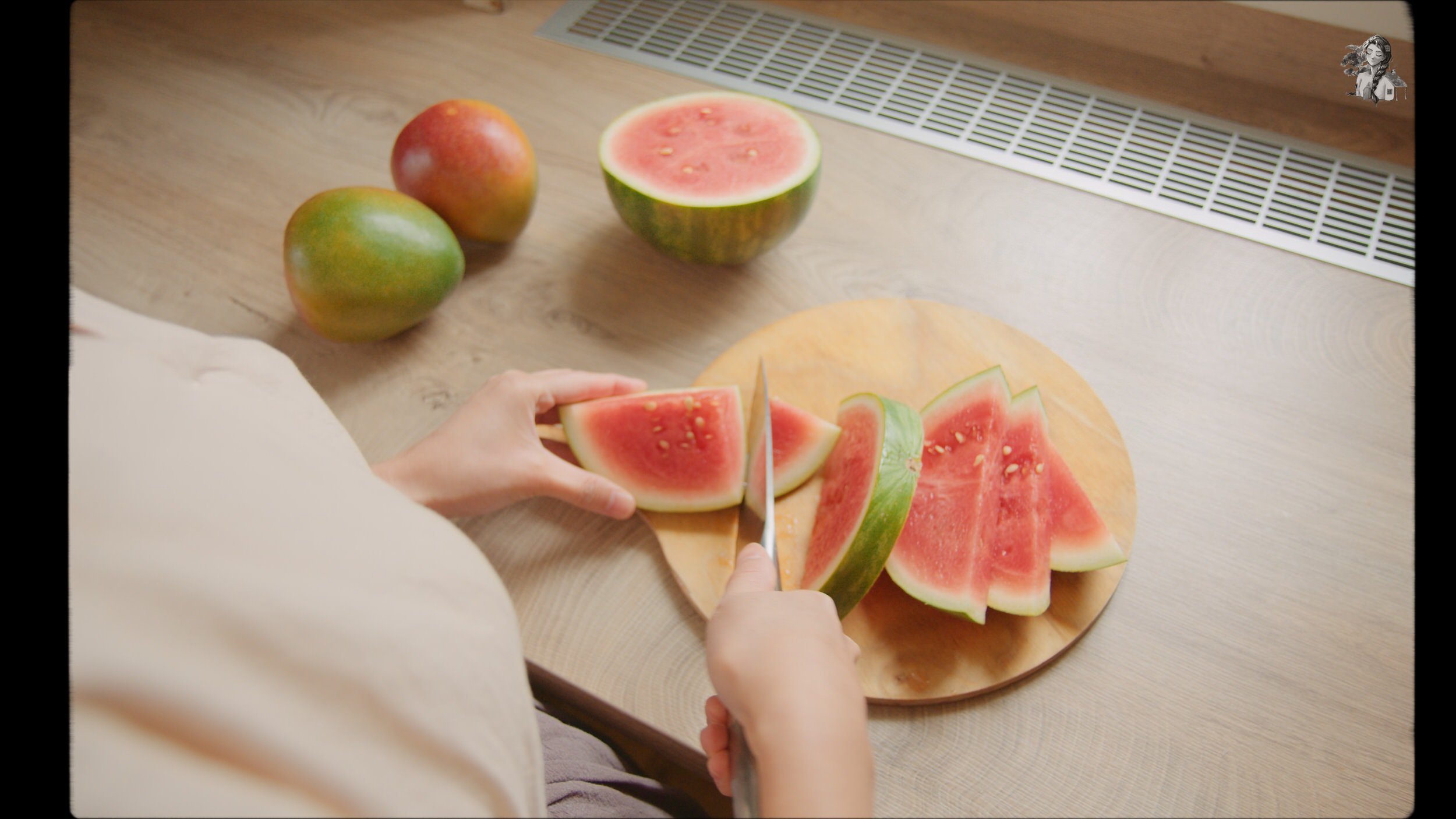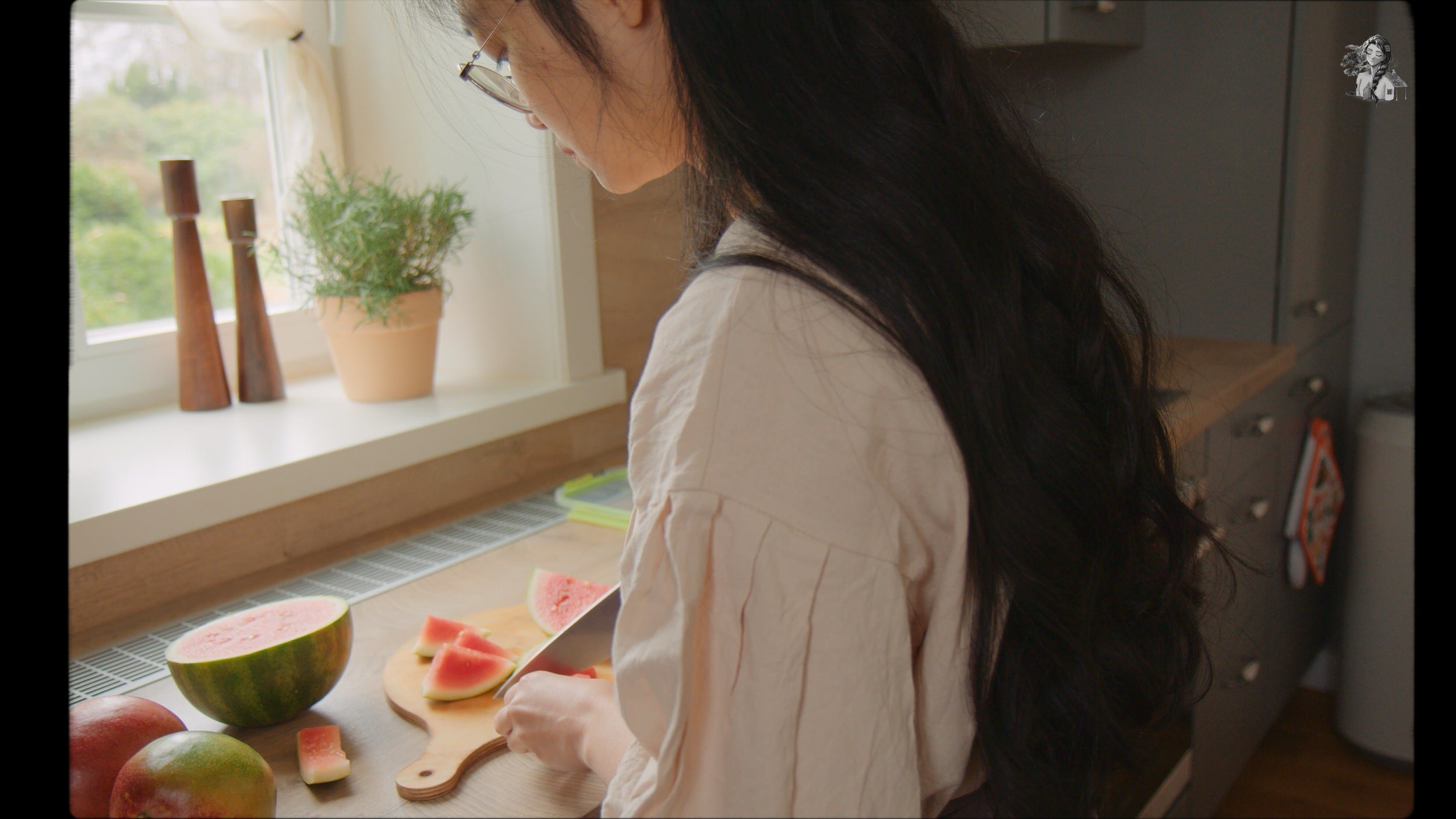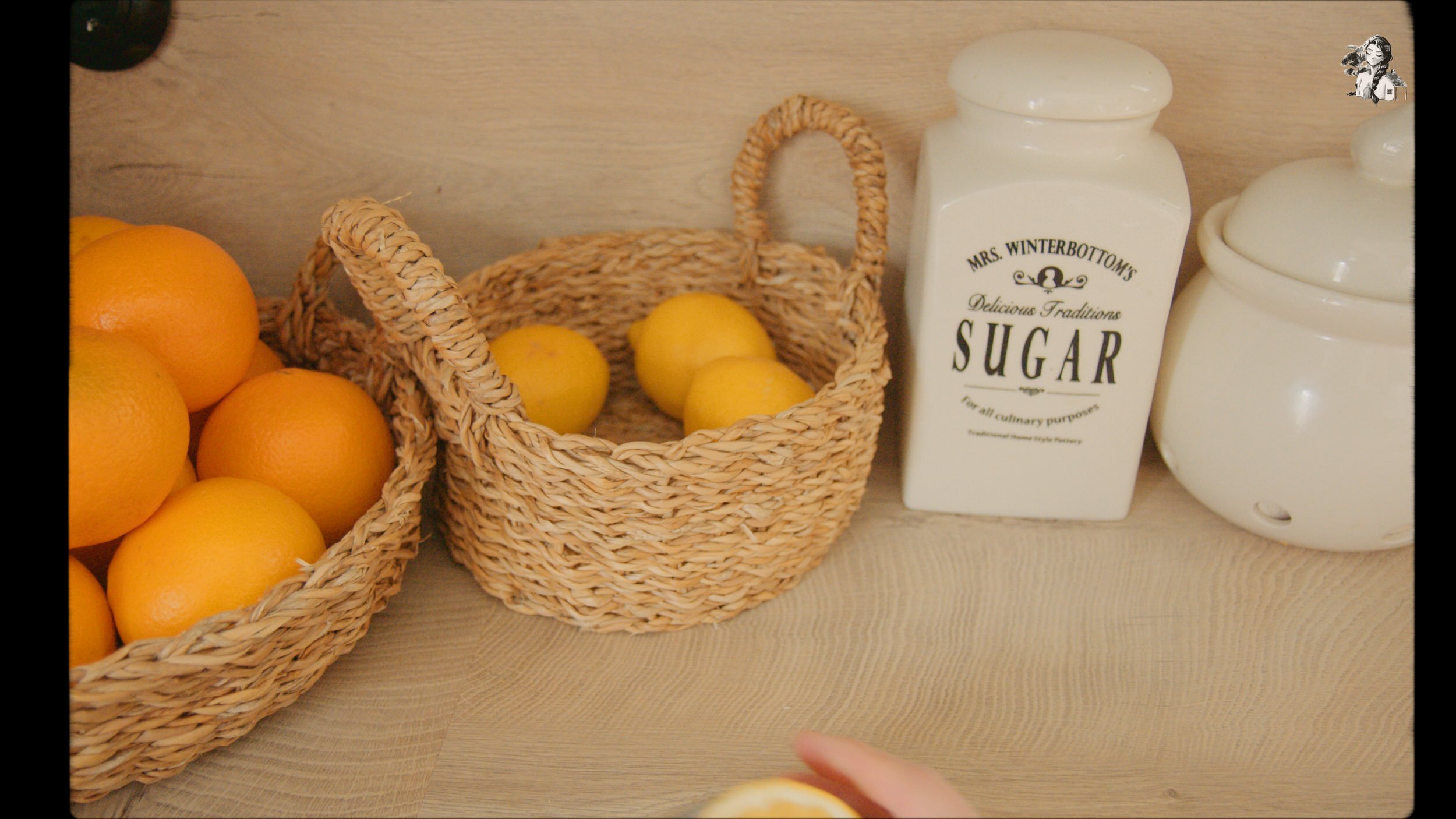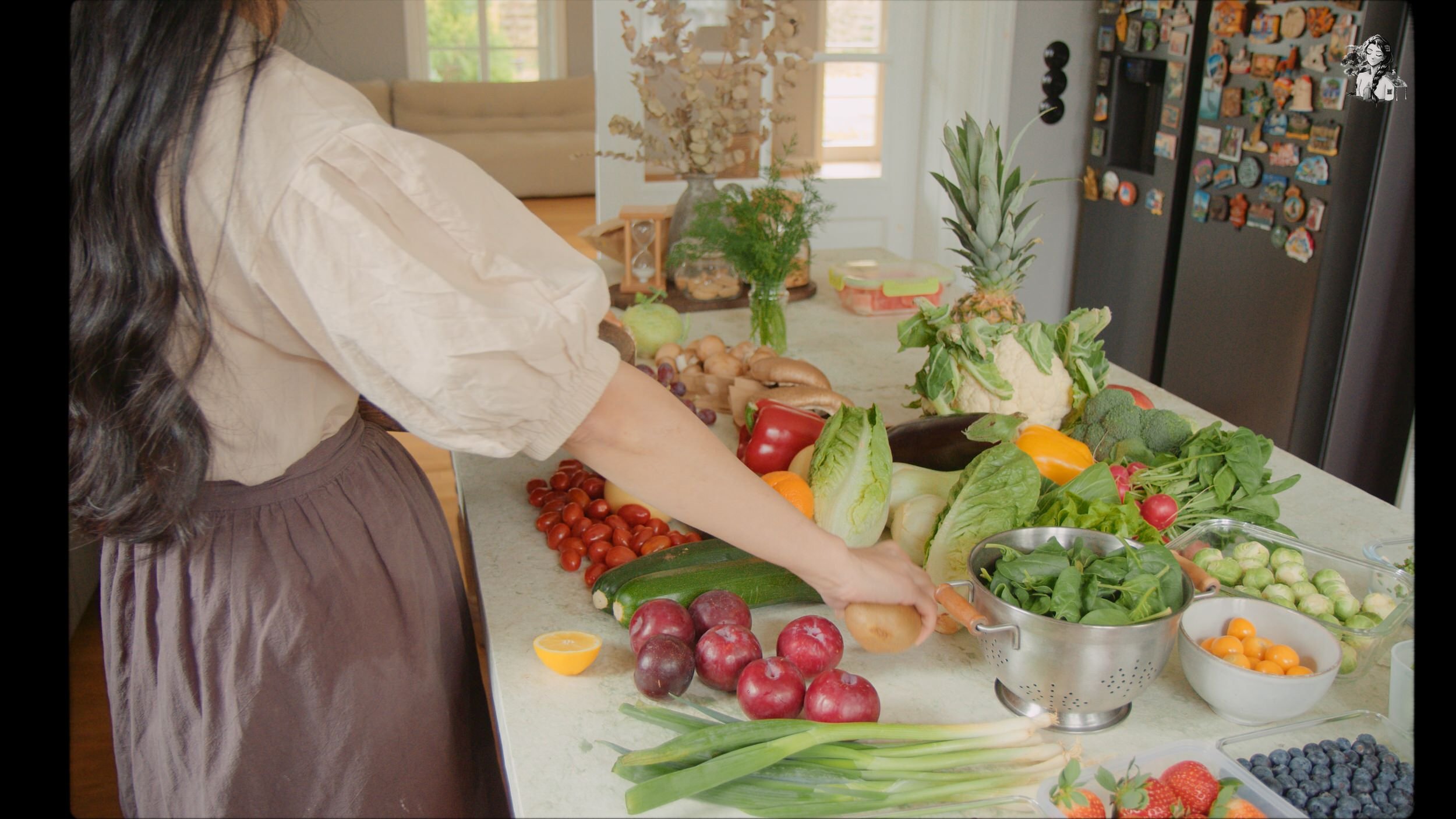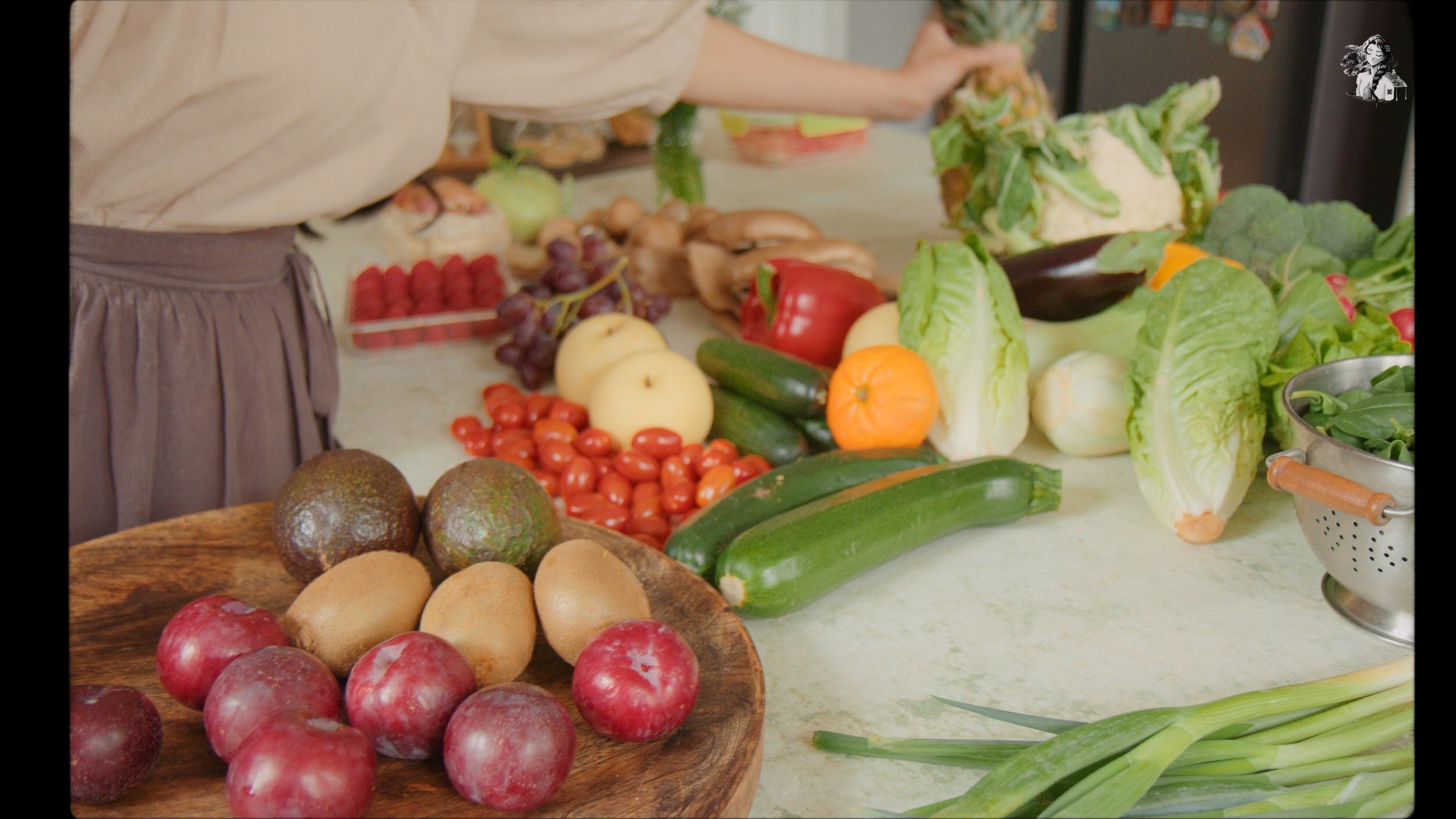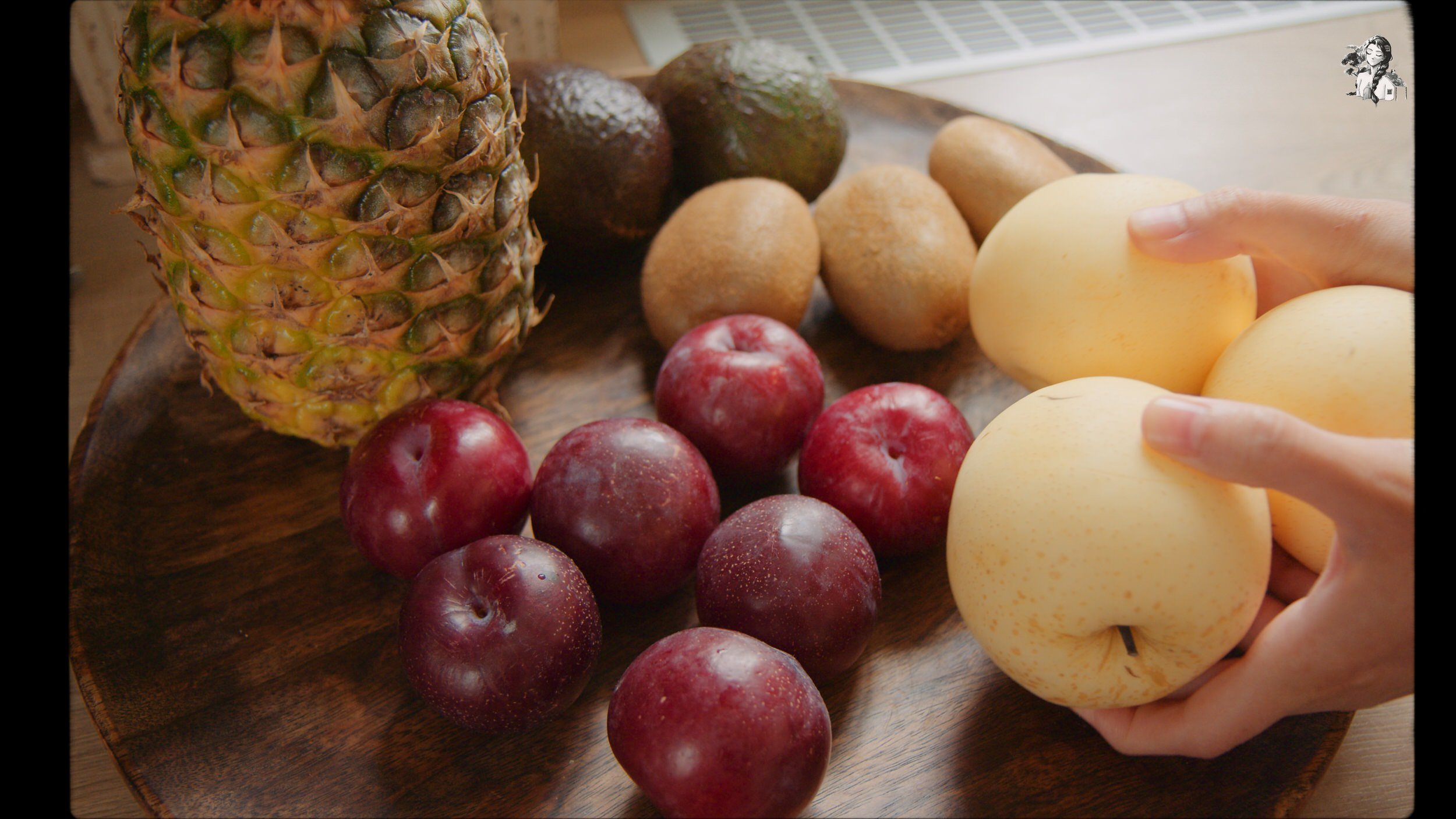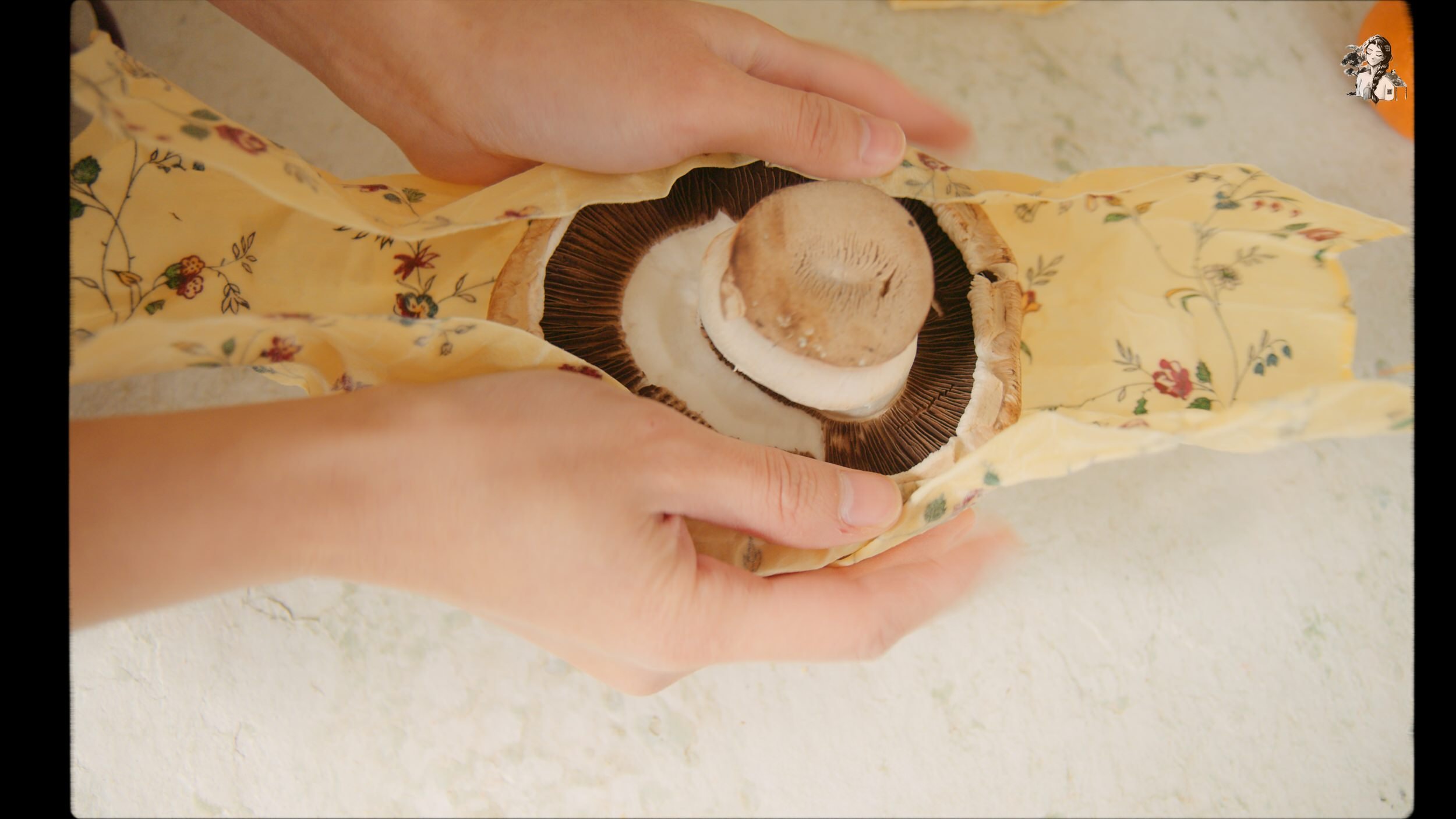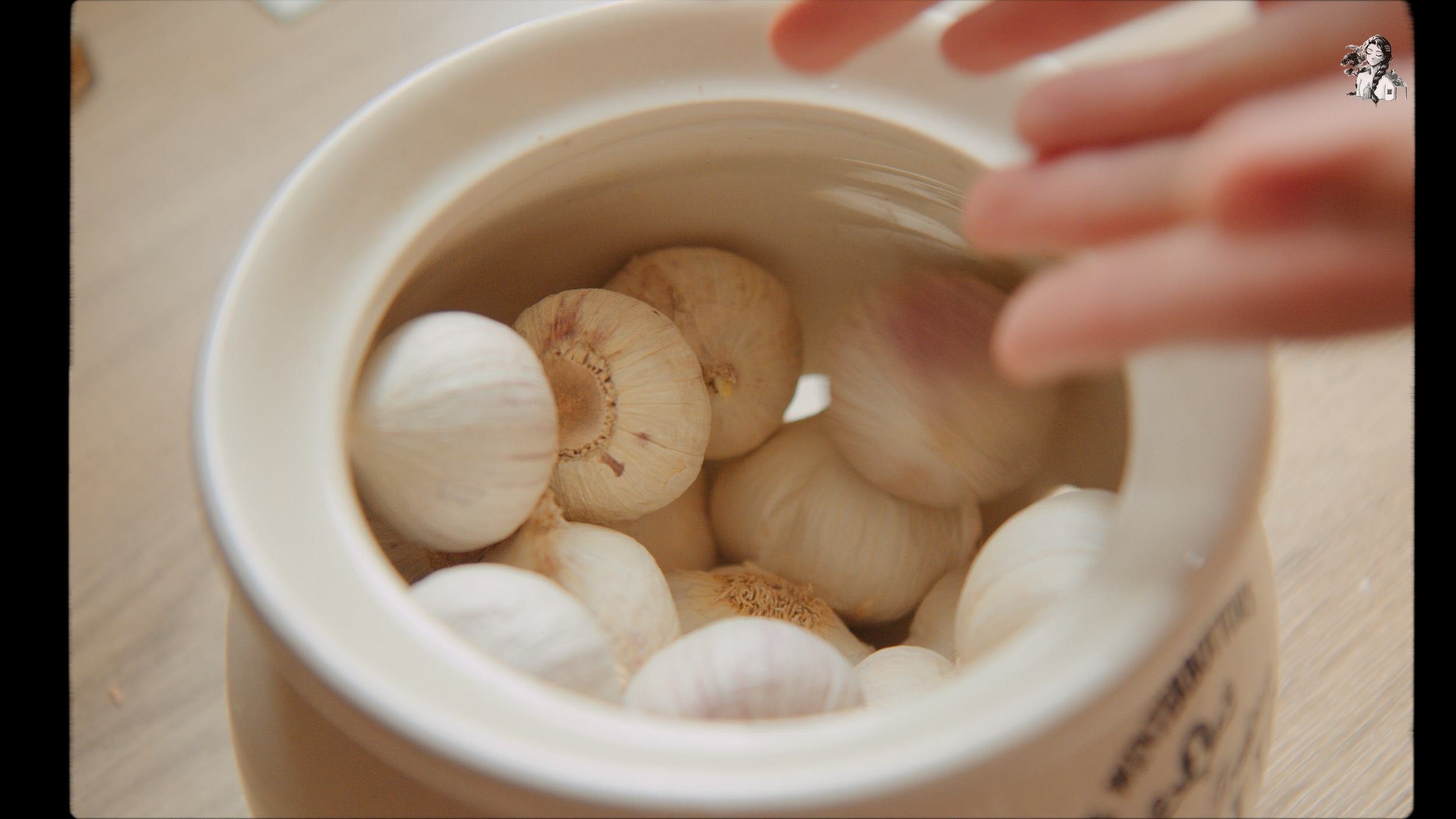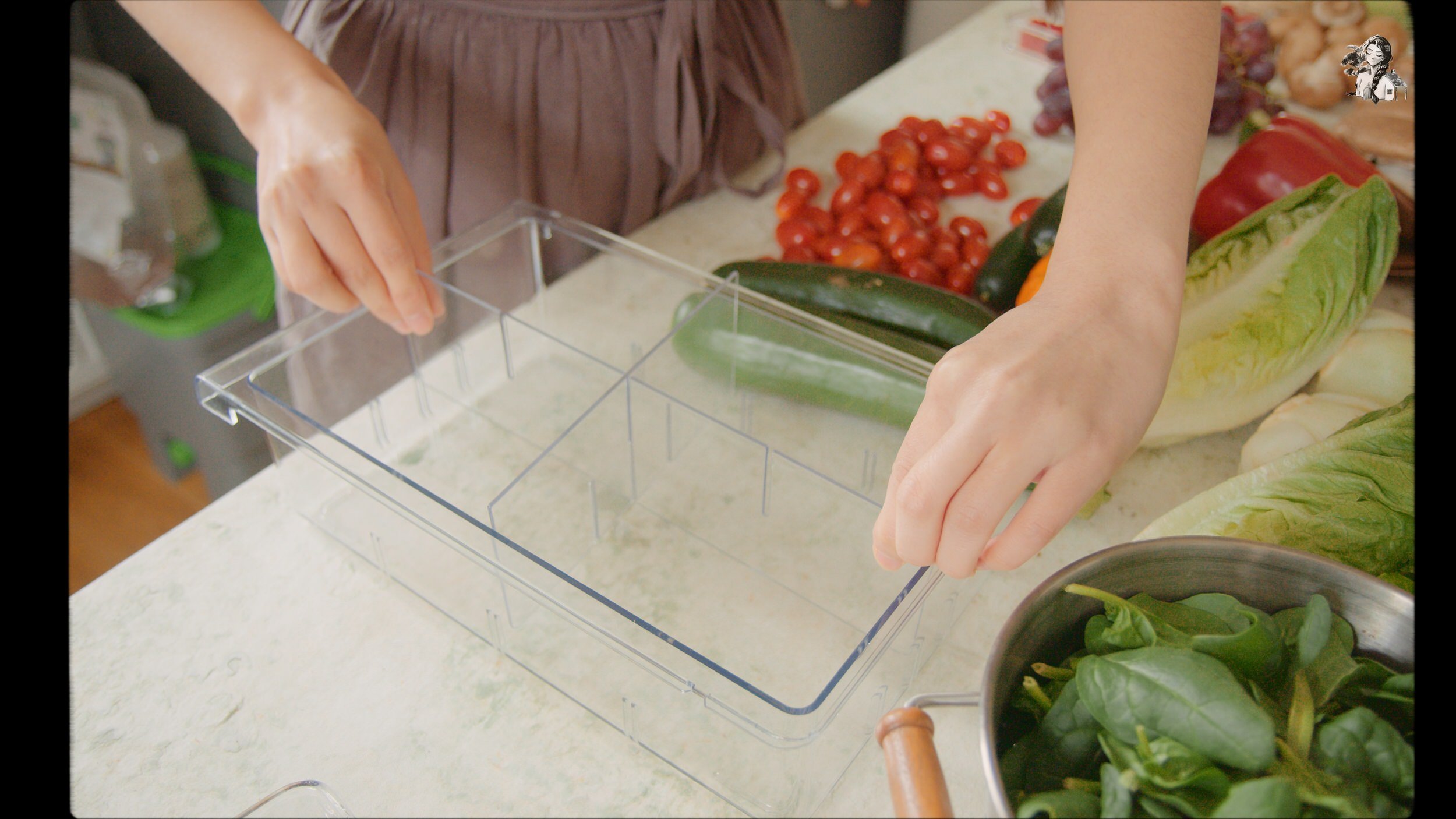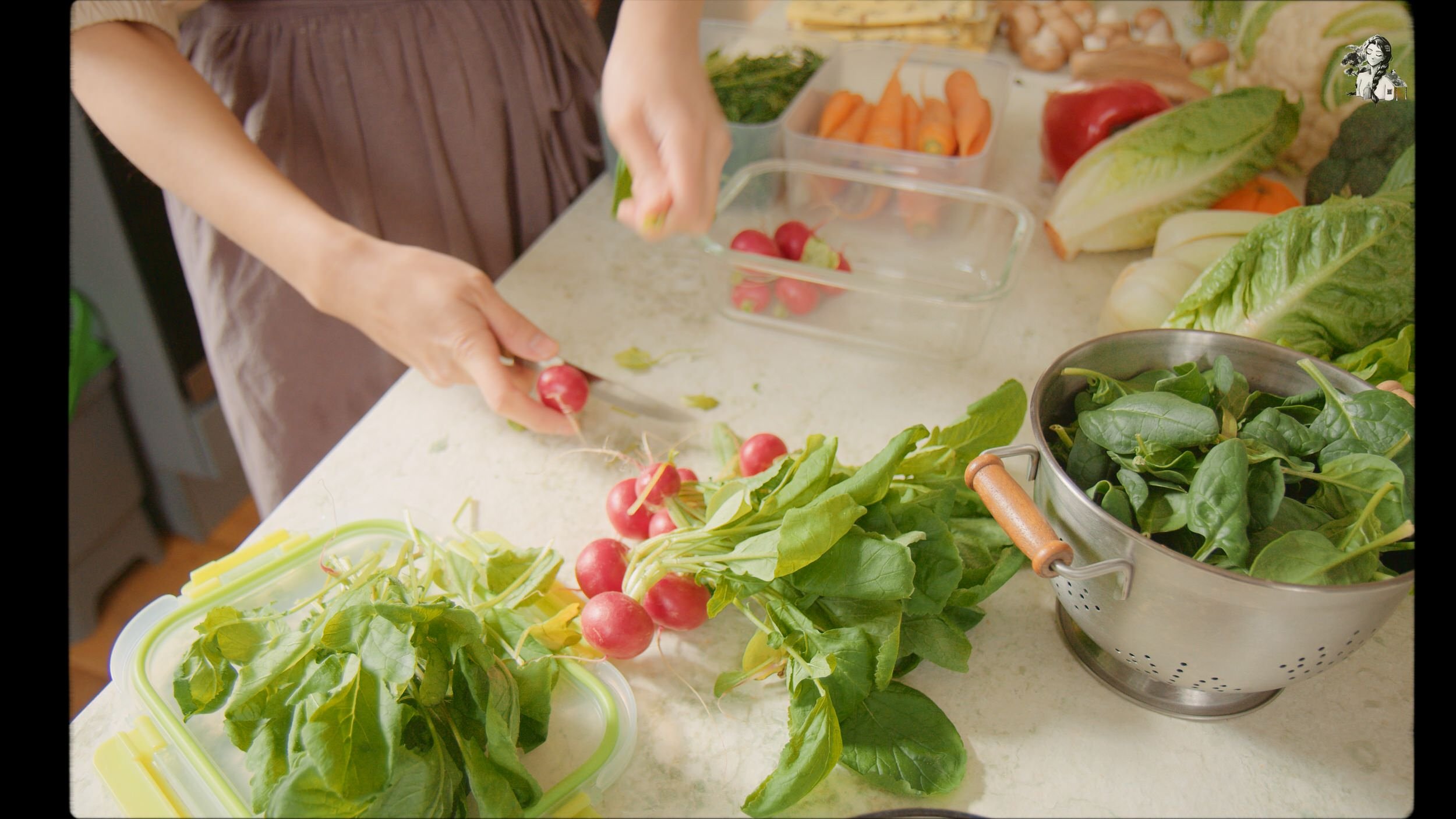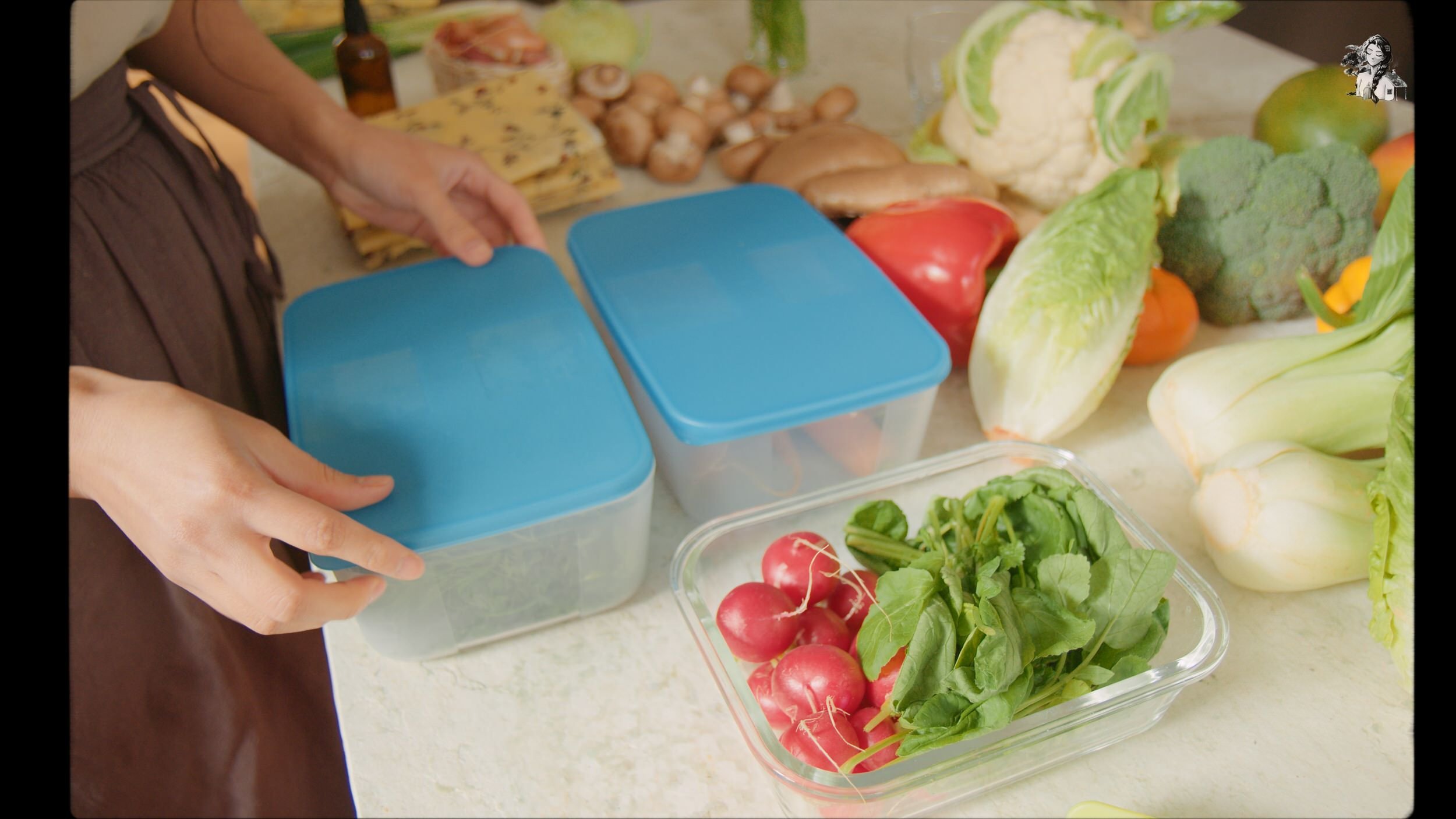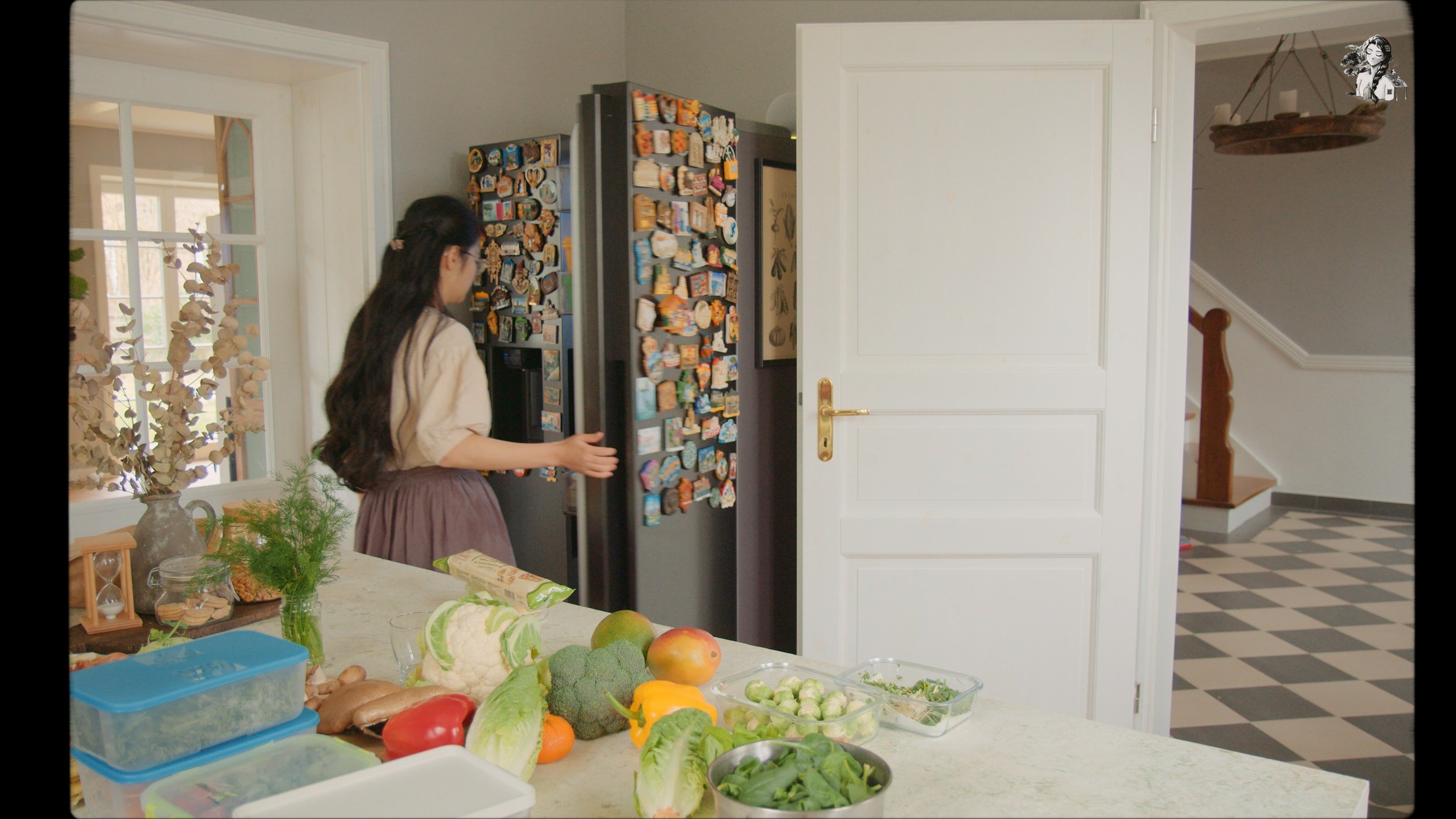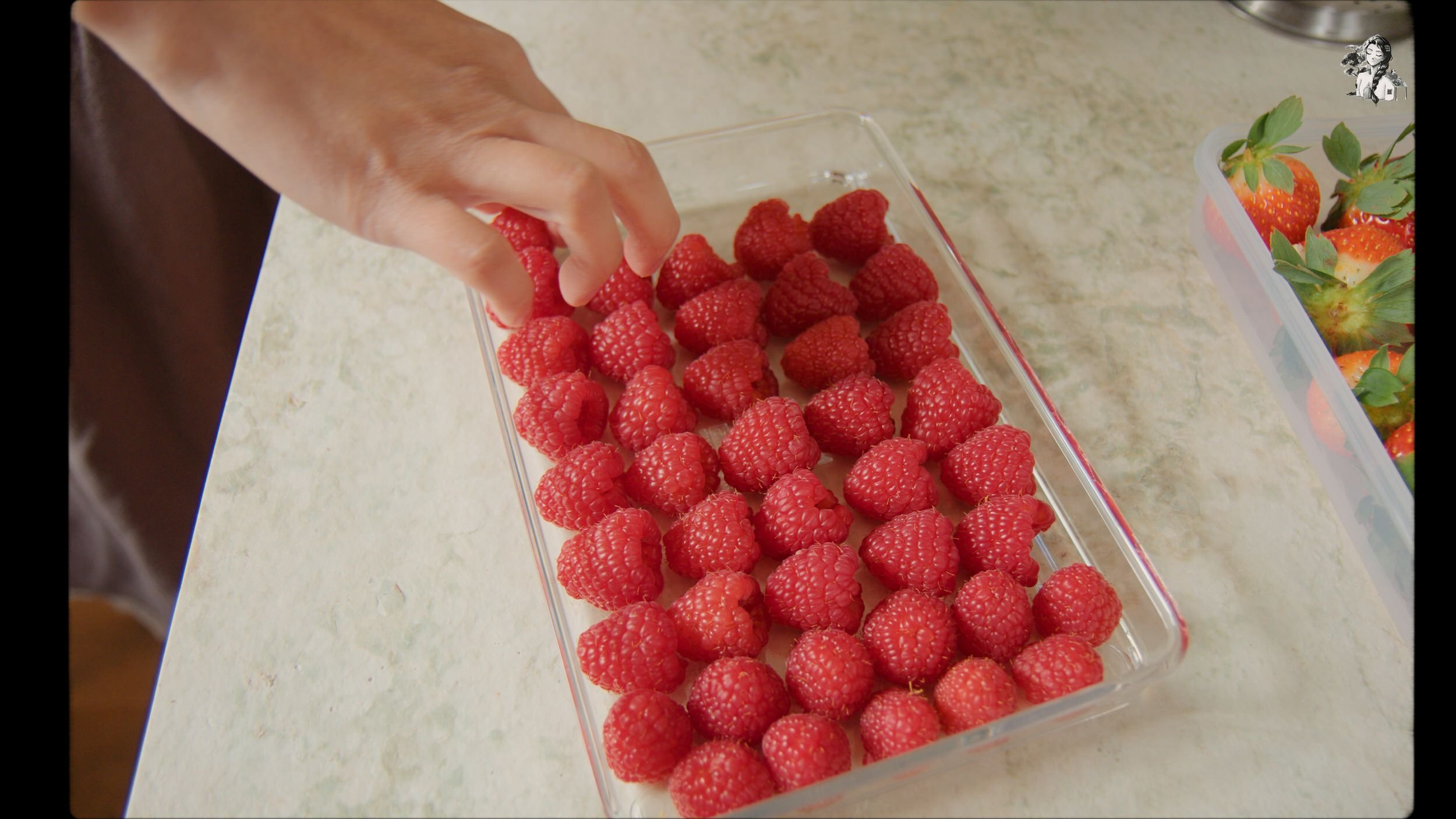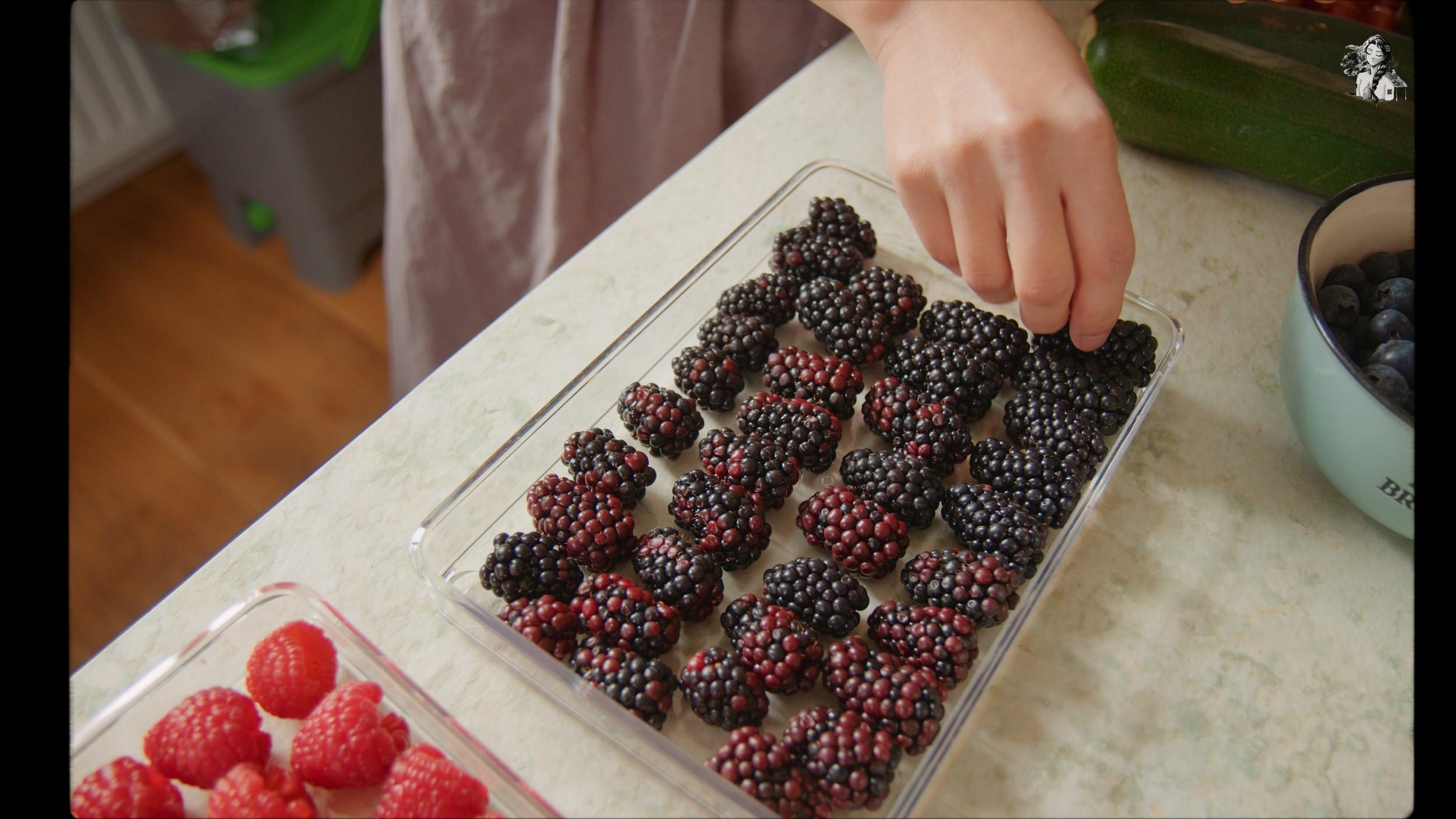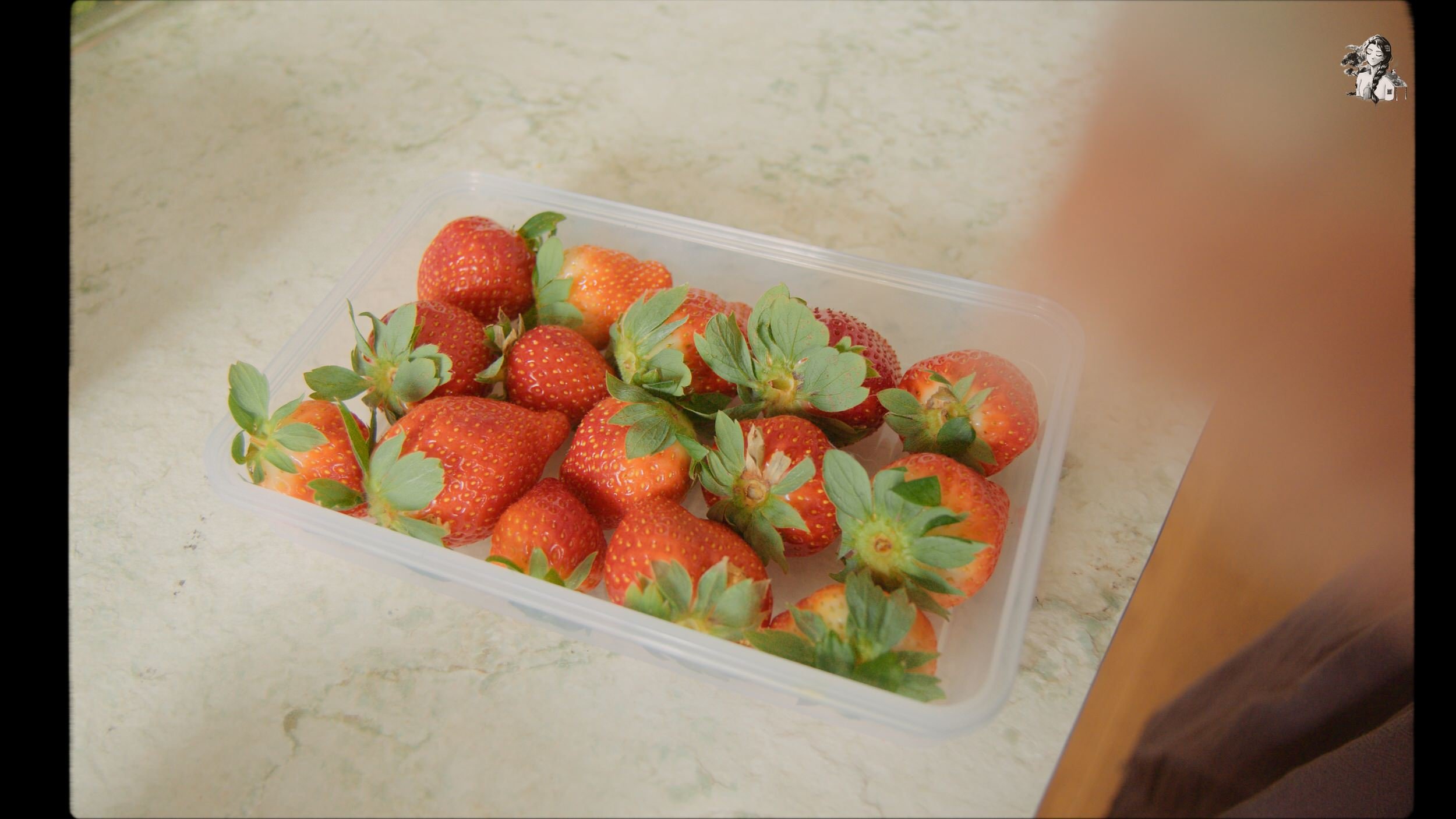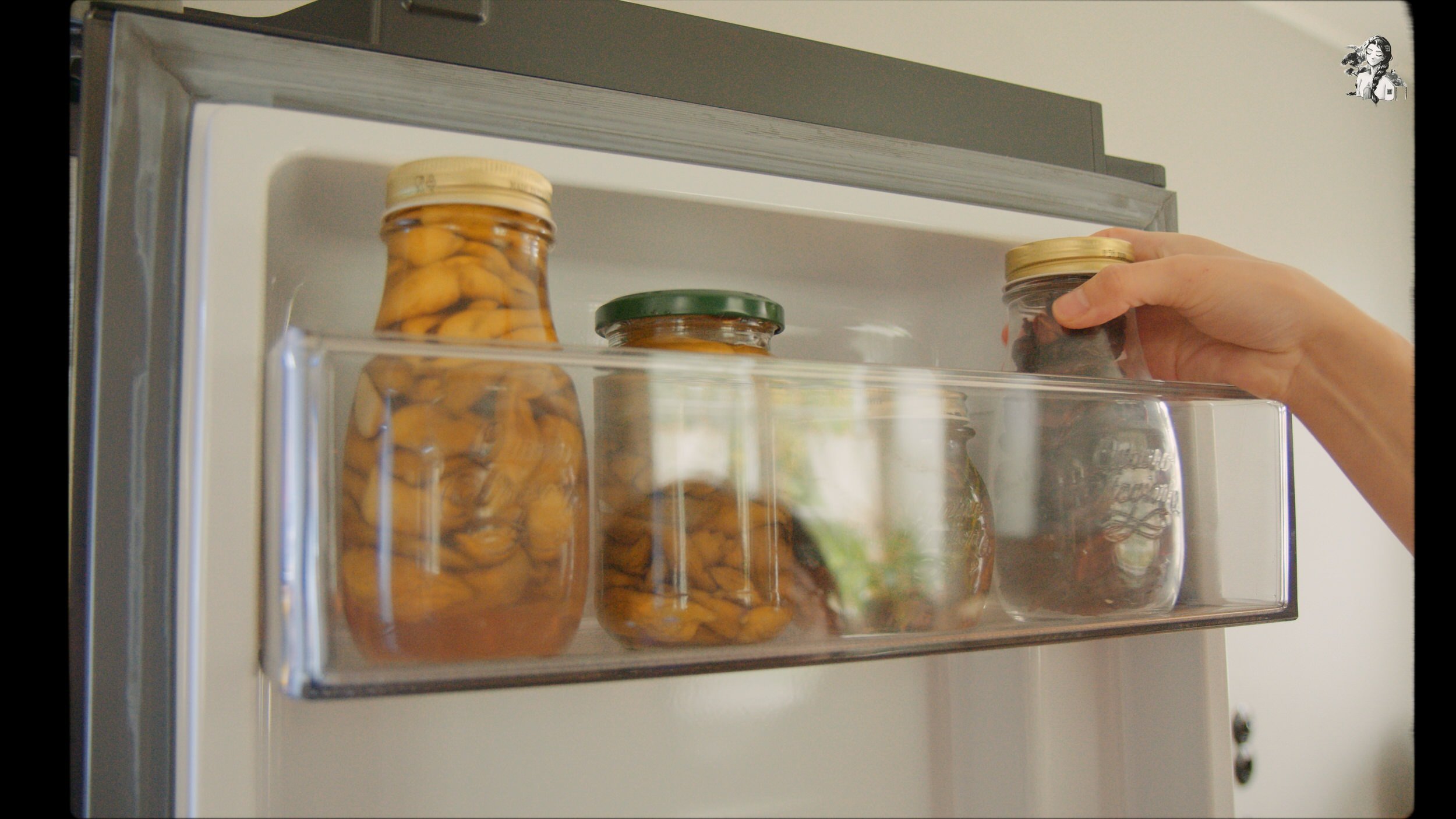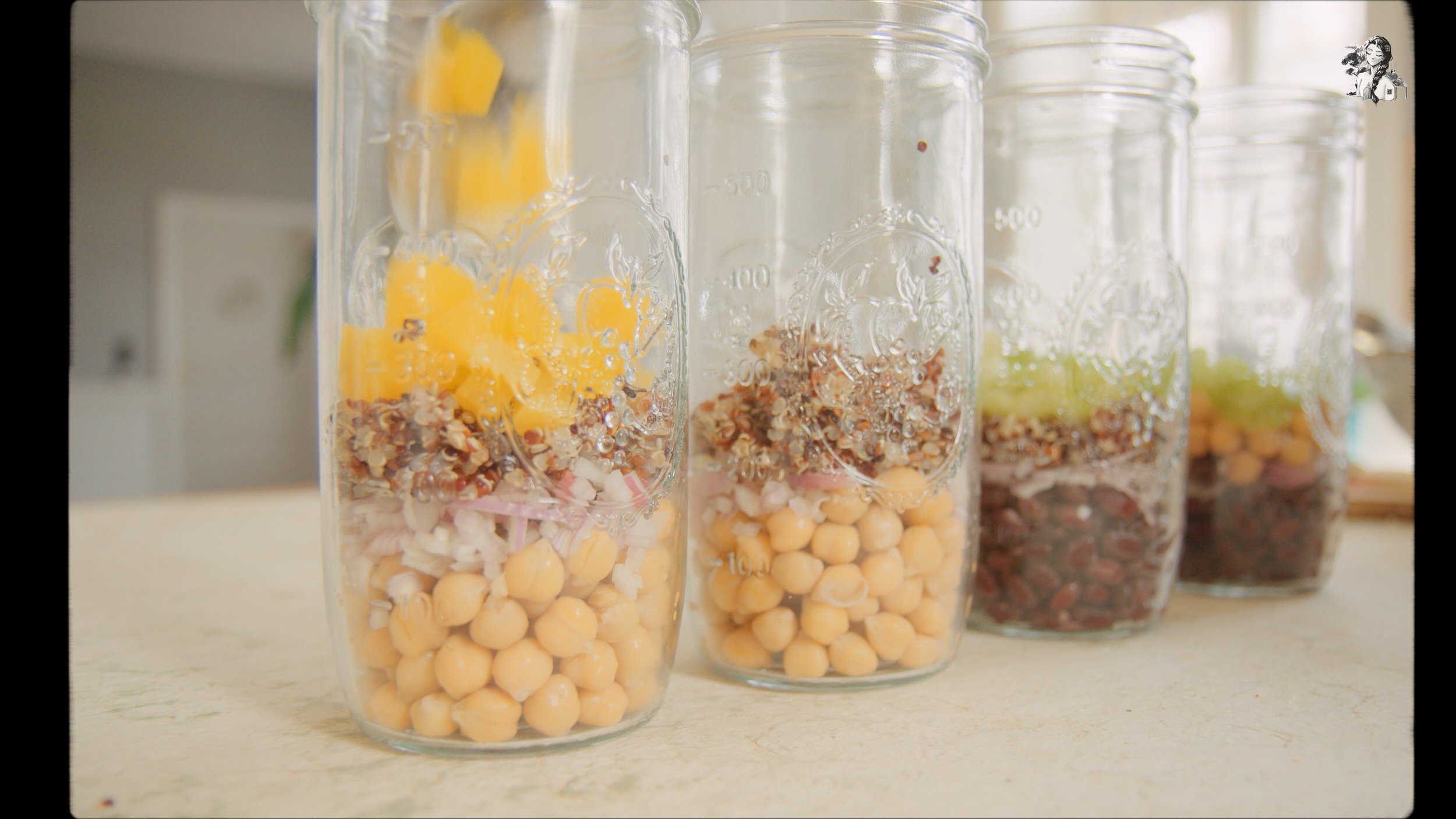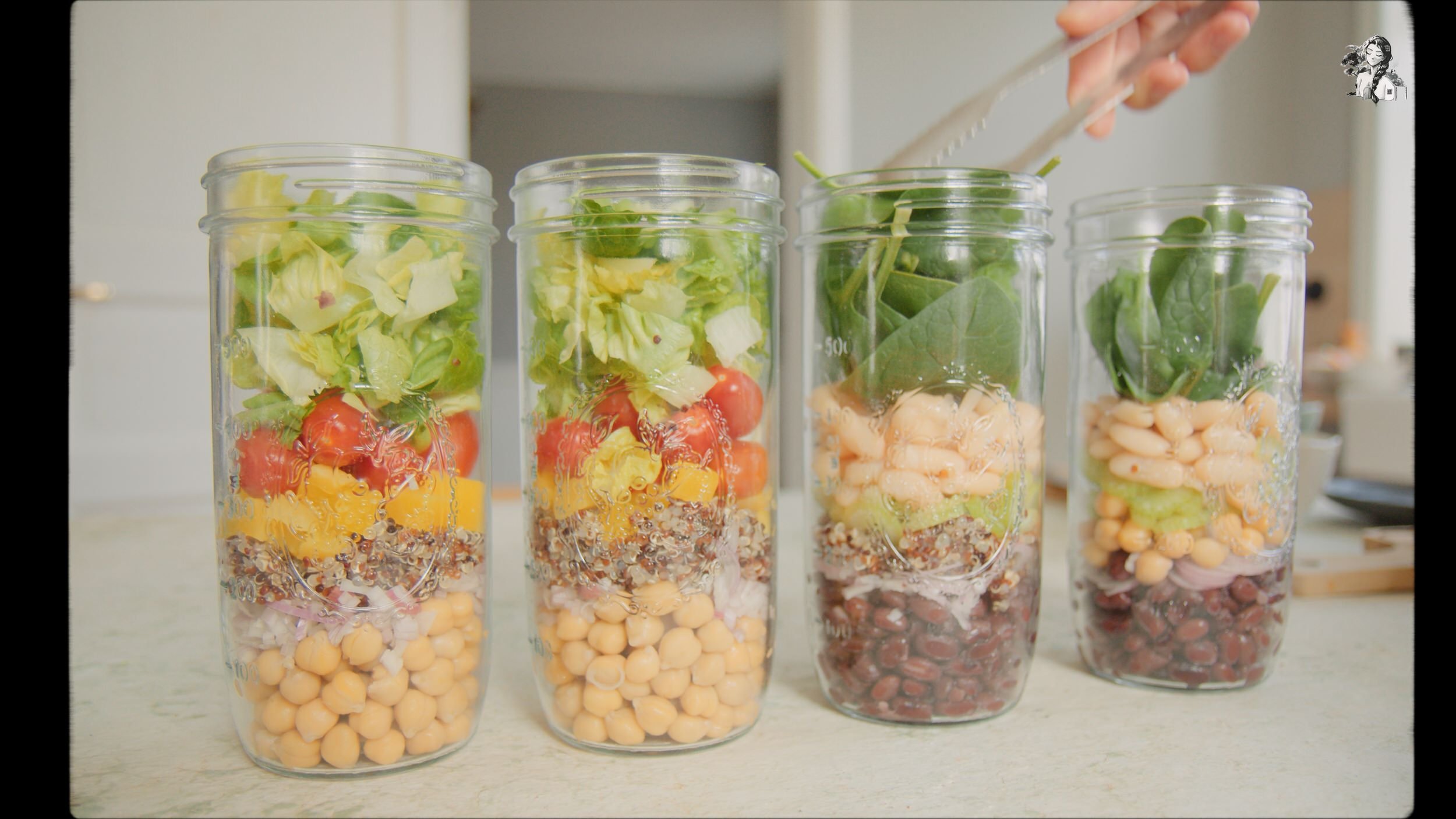Fridge Tour + Organization: How to Store Food correctly
Food is precious. And storing food properly is almost an art!
An average household ends up throwing out 22 percent of the fresh fruits and vegetables they buy. Properly storage is particularly important for fresh fruit and vegetables, in order to reduce food waste.
A fridge is arguably the most important food storage device at home, so follow me today for a fridge tour, to see how we can store food correctly.
Buying out of necessity, not out of impulse and buying small amounts more often will help reduce waste, but sometimes, it's impossible if you have a busy job, or when you have a vegetables garden like me.
Fridge Drawers & Dividers: https://geni.us/drawer1y / https://geni.us/drawer1d / https://geni.us/drawer1r
Keep the fridge at or below 5°C.
Don’t put hot food in the fridge as this can also raise the temperature. Cooked food should always be cooled down completely before putting it in the fridge! But don’t leave it at room temperature more than 2 hours.
Disclaimer: all advices in this vlog work with the climate of where I live, so depend on your location, it may vary.
Don’t overload the fridge because cold air needs room to circulate. Ideally, you’ll want to keep all the food in your fridge separated by 1cm
I license my music on Artlist & Epidemic Sound! Click the link below to get 2 extra months free :)
https://share.epidemicsound.com/npm4hd
https://bit.ly/3NgdrIY
What doesn't belong in the fridge?
Tropical fruits such as banana, mango, watermelon, or citrus fruits... should be stored best at over 16 °C.
At (not too high) room temperature and open storage without direct sunlight, they stay fresh longer.
Even cut lemons can be kept for a week at room temperature. It is best to place it on a plate with the cut side up so that it can form a thin membrane and does not go moldy.
Fruits that produce a lot of ethylene such as avocados, pears, peaches, kiwis, apricots, pineapple, nectarines and plums… should be stored at room temperature. Once ripe it can be moved into the fridge.
Fruit and vegetables are best kept inside the crisper drawer. The biggest vitamin killers are light, oxygen, heat and moisture - the glass cover takes care all of that: This includes fruits such as berries, cherries and vegetables such as lettuce, spinach, mushrooms, carrots, celery or asparagus.
Mushroom shouldn’t be stored airtight. Store them in paper bag or air-permeable packaging like beeswax wrap.
Making beeswax wrap is super easy, and I will show you in a different vlog.
Vegetables generally like it cool with the exception of vegetables with a high water content, for example tomatoes.
They lose their aroma in the fridge and can even go moldy faster. It is better to keep them in a cool room (for example basement or pantry) with a temperature of around 15 °C.
If you don't have a room like this: Storing at room temperature still makes more sense than in the fridge.
Winter squashes, pumpkin… can be stored in the cool basement up to 6-8 months.
Garlic and onions are also best kept in the same place.
If you don't have a cool room available, a clay pot that gives them enough space to “breathe” is the best option.
Eggs (in Europe, unlike the US) should be stored in room temperature. I do store quail eggs in the fridge though.
Sliced fruits and vegetables are great to have on hand for snacking and to save space in the fridge. Store them in an airtight container. Fruits like apples, pears, bananas and avocado are not the best candidates for slicing ahead of time since they brown quickly. Beeswax food wrap a great way, to keep avocados fresh, even the cut one.
Sign up my Youtube Membership to access to exclusive content & perks :)
https://www.youtube.com/@Her86m2/membership
SUPPORT ME SO I CAN CREATE MORE QUALITY CONTENT / ỦNG HỘ MÌNH LÀM TIẾP NHỮNG NỘI DUNG NHƯ NÀY:
https://paypal.me/ThuThuyDao
https://www.patreon.com/her86m2
PHOTO EDITING PRESETS FOR LIGHTROOM / PRESETS CHỈNH ẢNH:
BUYING PRINTS / MUA ẢNH IN MÌNH CHỤP:
https://www.her86m2.com/print-shop
STAY CONNECTED / KẾT NỐI VỚI MÌNH:
Website: https://www.her86m2.com
Facebook: https://www.facebook.com/her86m2
Instagram: https://www.instagram.com/thuydao__/
Different foods need to be stored in the correct areas of the fridge.
Don’t wash vegetables before storing it since moisture is the death of vegetables. Wash it only before cooking!
Broccoli and cauliflower are hardy and can be stored naked in the crisper drawer. You can also cut them and store in airtight container to save space.
For veggies with leafy green tops: I cut off leaves and roots and store them separately in a closed container (they're edible!). This prevents the water stored in the tubers from going into the leaves and keeps the radishes fresh longer. It is best to store the radishes in a container or wrapped in a damp cloth.
Lettuce will last longer in the fridge if it is covered with damp cloth or beeswax wrap. The method “putting lettuce in a bowl with a little water” doesn’t work at all! The leaves wilt only after a day.
Berries, cherries, grapes and figs need to be refrigerated immediately. Discard any moldy berries before refrigerating and store loosely in a shallow container.
Store fresh herbs in a sealed bag to reduce oxygen flow and maintains nutritional value.
I store jam, drink, condiments… - stuff that doesn’t too much cooling on the door.
The top shelves are great for storing leftovers, smoked products, butter, fermented stuff…
Cheese should not be wrapped in plastic or stored airtight. It will hold up better if you keep it in air-permeable packaging, for example in beeswax wrap, glass container with air vent...
I use middle shelves to store cheese, yogurt, tofu…
Lower shelves are good for meat and fish.
It is better not to put opened cans in the fridge - transfer them to a closed container!
Forget the best before date - many foods last longer than you think
There is a big distinction between “best-before” and “use-by” date.
The use-by date concerns safety - ignore it and you could get food poisoning, while the best-before date is about quality (you’re probably fine to eat it afterwards; it may just no longer taste or look as good).
Of course, “afterwards” here doesn’t mean indefinitely. Trust your common sense, look for bad signs (dry out, smell bad, go green/moldy...)
How often should you clean a fridge?
For optimal food storage and safety, the fridge should be cleaned on the spot with vinegar as it gets dirty, but a deep cleaning once every three months is recommended. Take all the trays out of the refrigerator and clean them with hot, soapy water.
Because many shelves have double-walled glass, it’s important to avoid soaking shelves in water for long periods of time. If water gets in between the glass, it can promote mold and mildew growth, which can be especially dangerous near food items.
You can keep the fridge smelling fresh with an open box of baking soda on the second or third shelf. Write the date on the box, and replace it every 3 months.
Sign up my Youtube Membership to access to exclusive content & perks :)
https://www.youtube.com/@Her86m2/membership
SUPPORT ME SO I CAN CREATE MORE QUALITY CONTENT / ỦNG HỘ MÌNH LÀM TIẾP NHỮNG NỘI DUNG NHƯ NÀY:
https://paypal.me/ThuThuyDao
https://www.patreon.com/her86m2
PHOTO EDITING PRESETS FOR LIGHTROOM / PRESETS CHỈNH ẢNH:
BUYING PRINTS / MUA ẢNH IN MÌNH CHỤP:
https://www.her86m2.com/print-shop
STAY CONNECTED / KẾT NỐI VỚI MÌNH:
Website: https://www.her86m2.com
Facebook: https://www.facebook.com/her86m2
Instagram: https://www.instagram.com/thuydao__/

